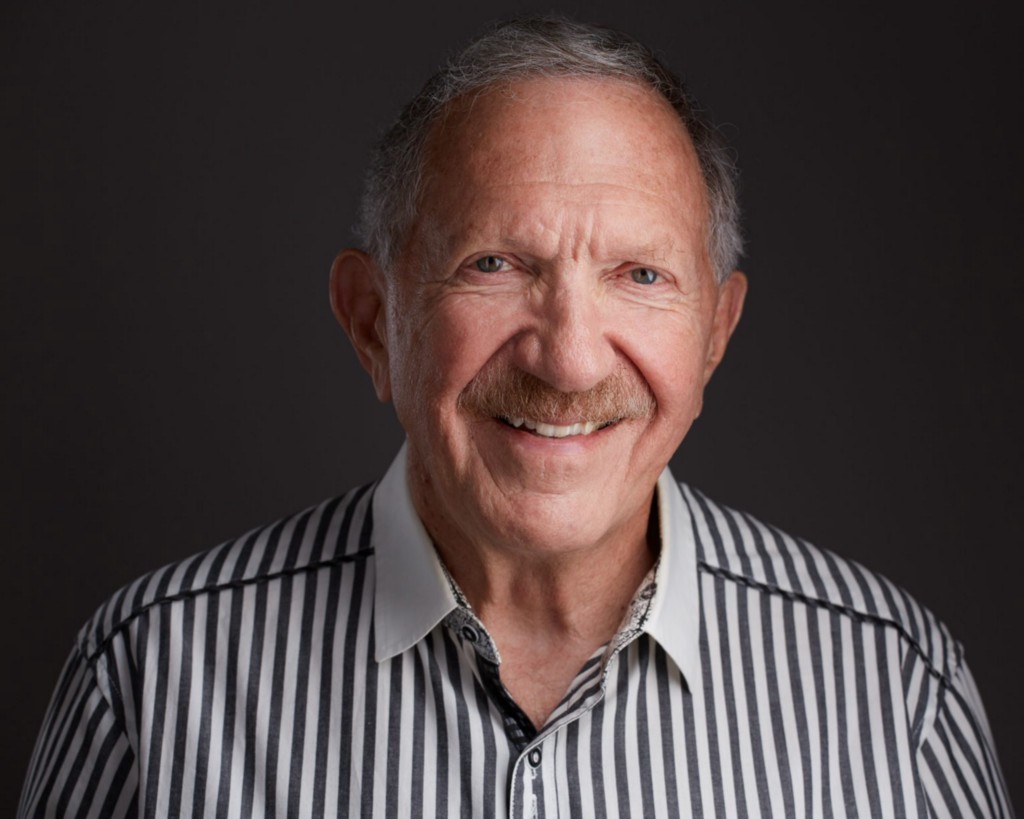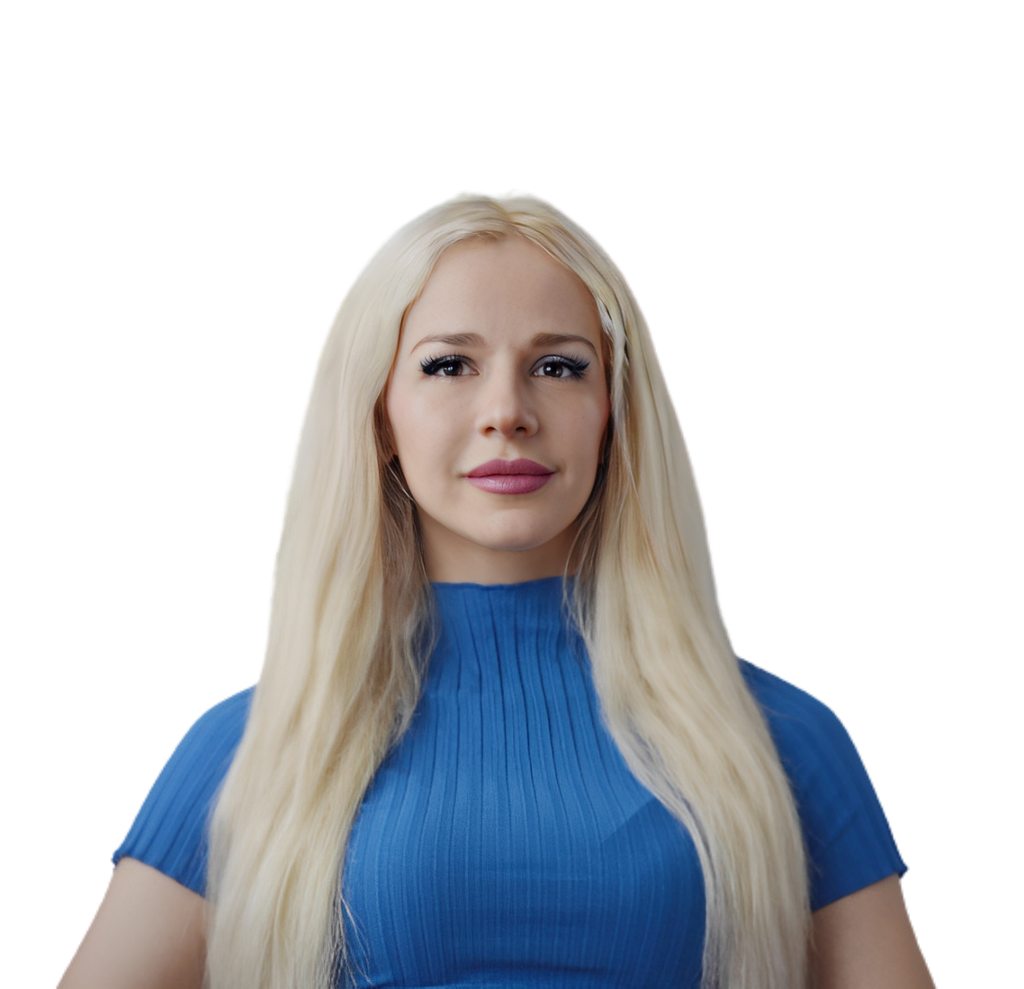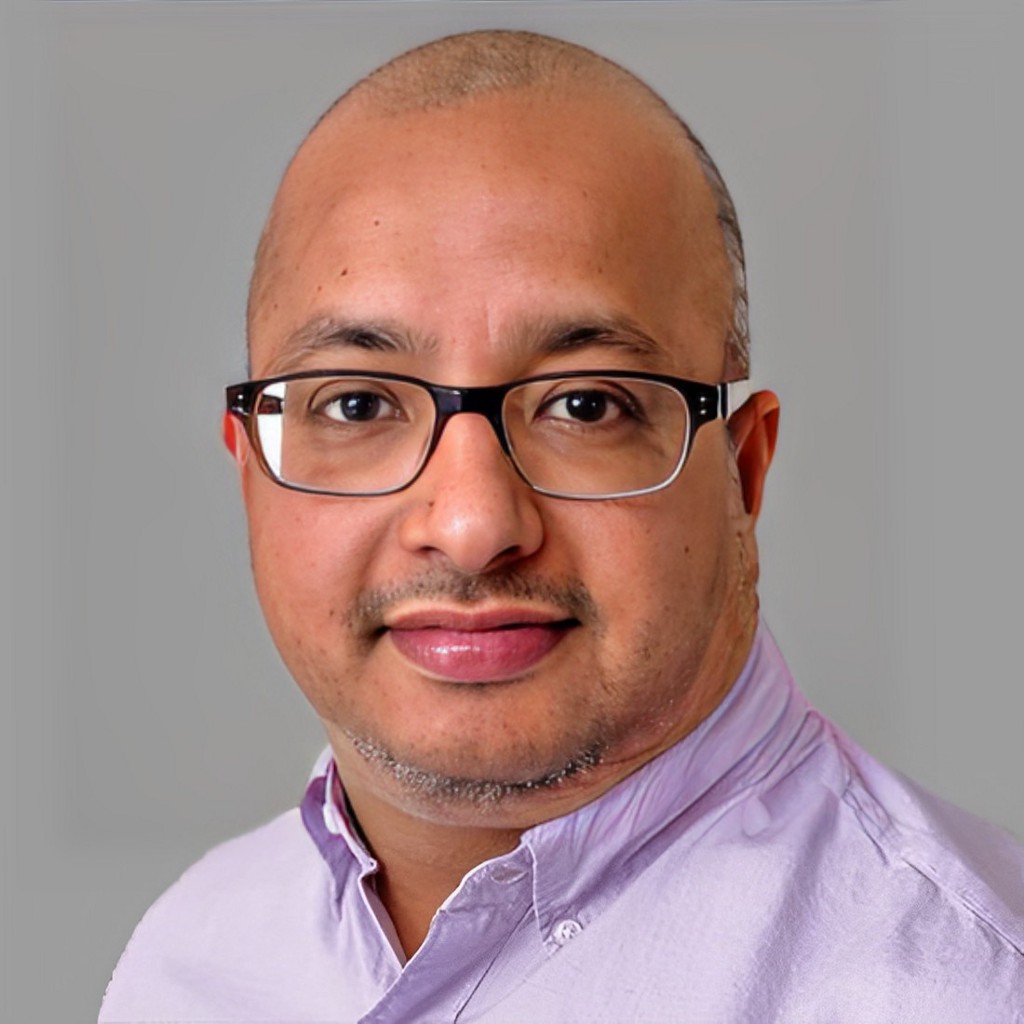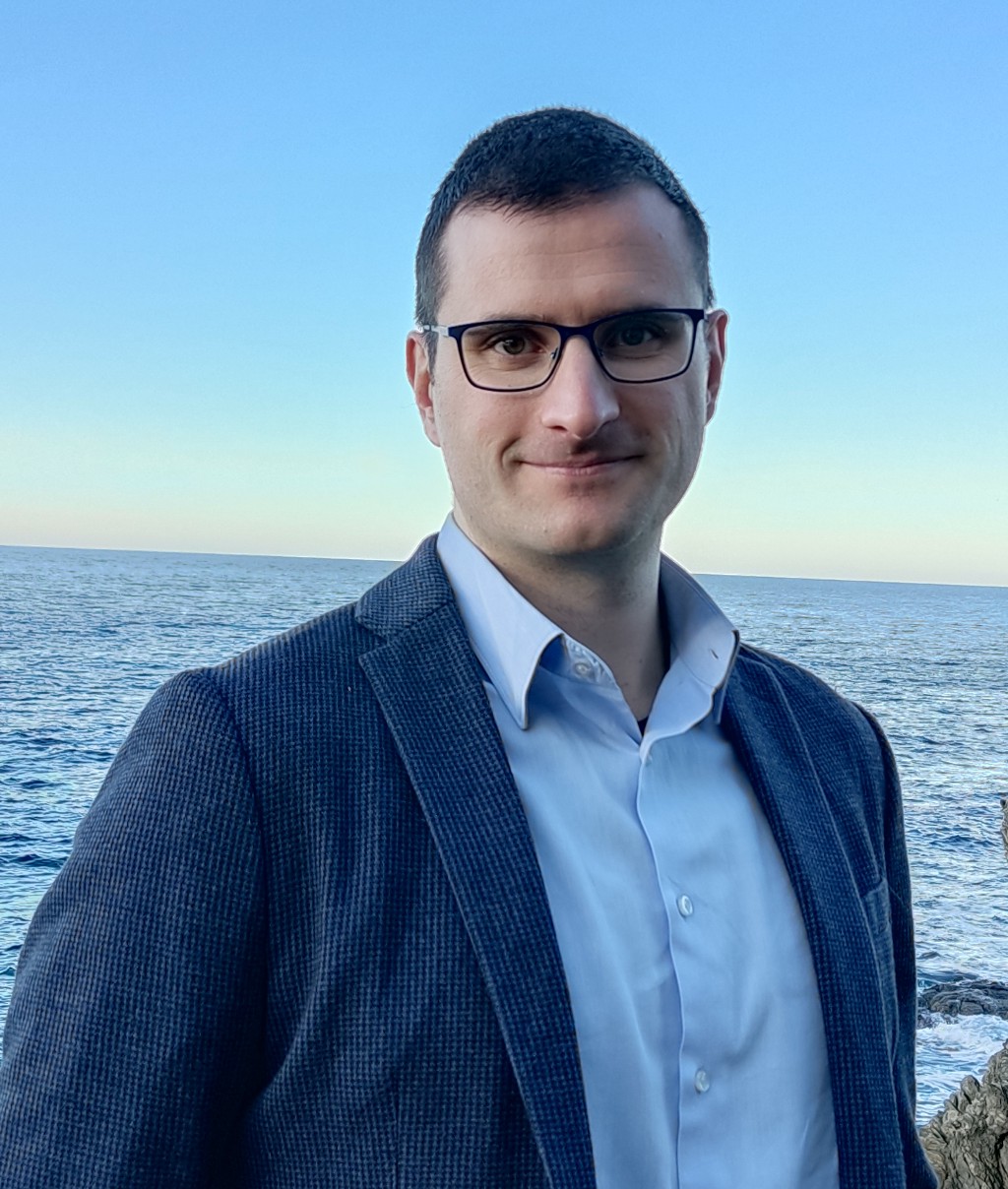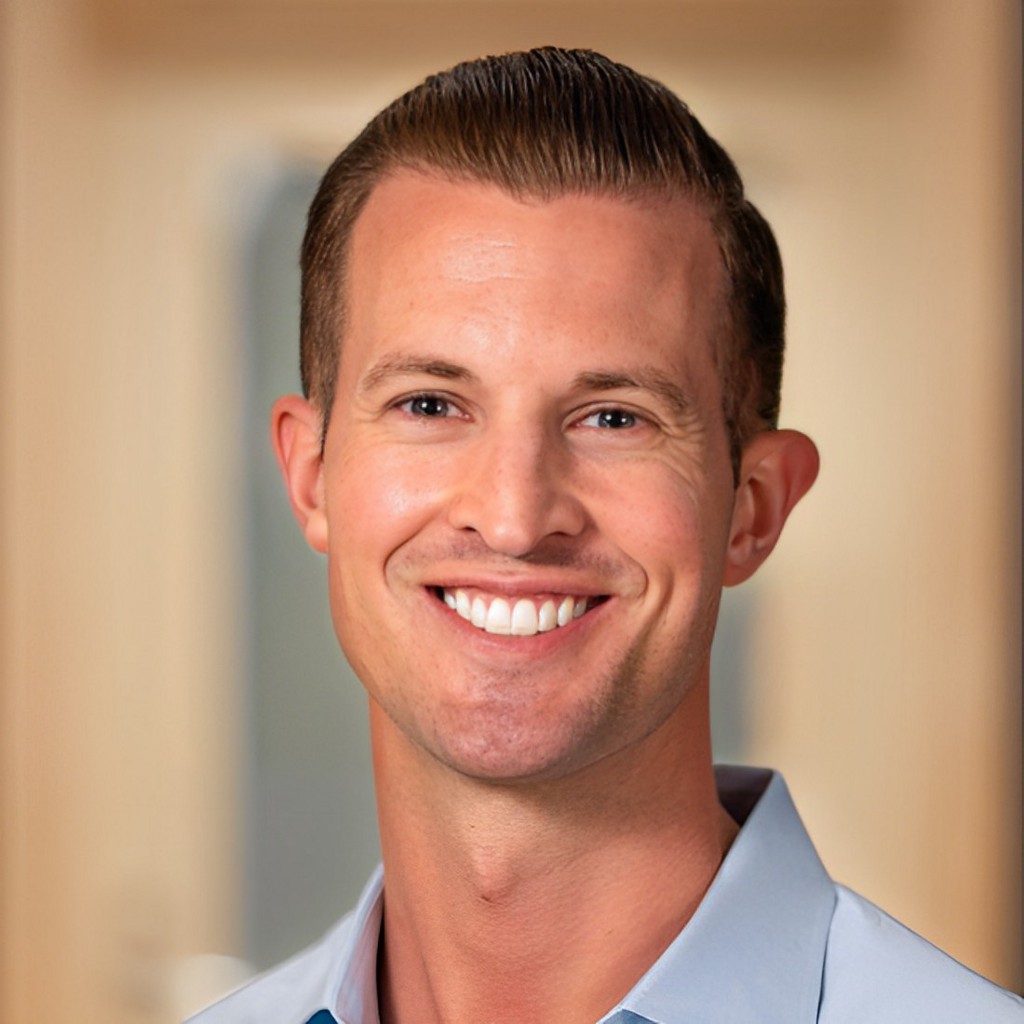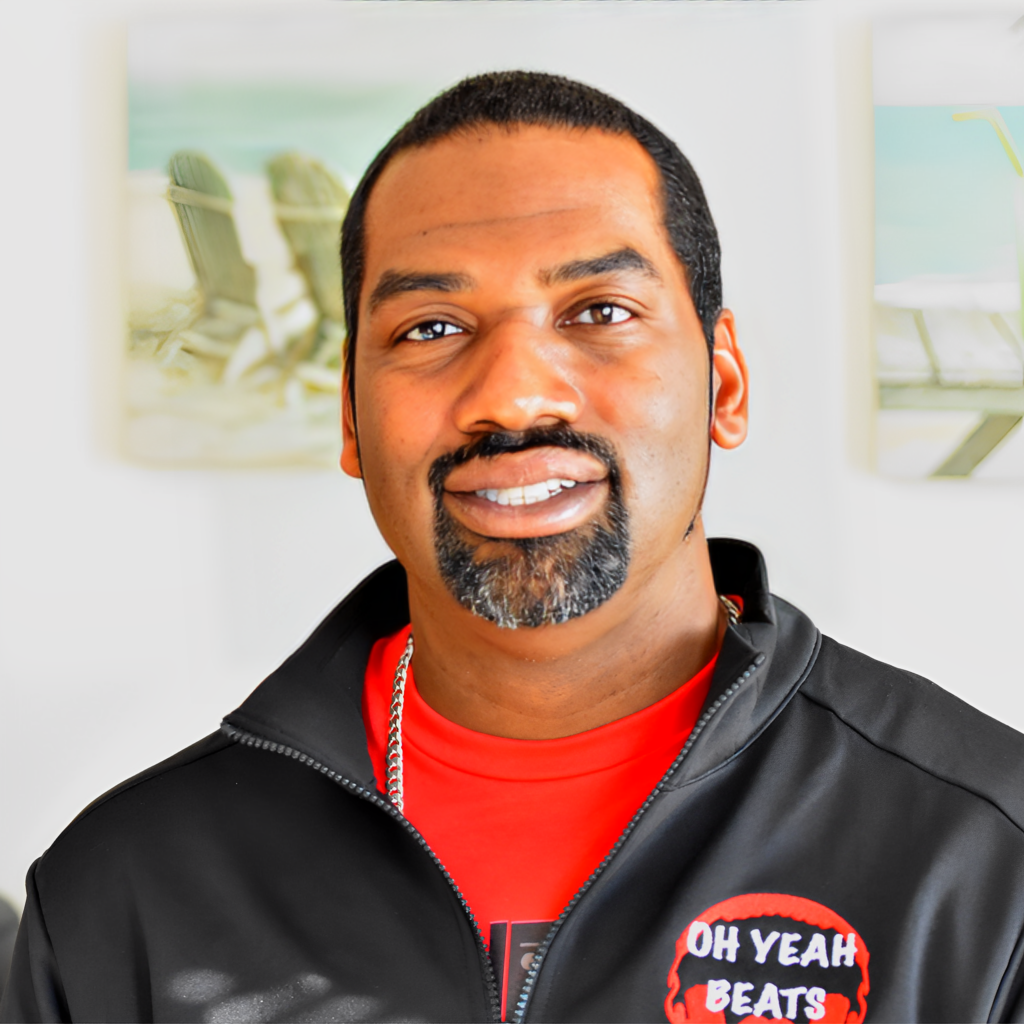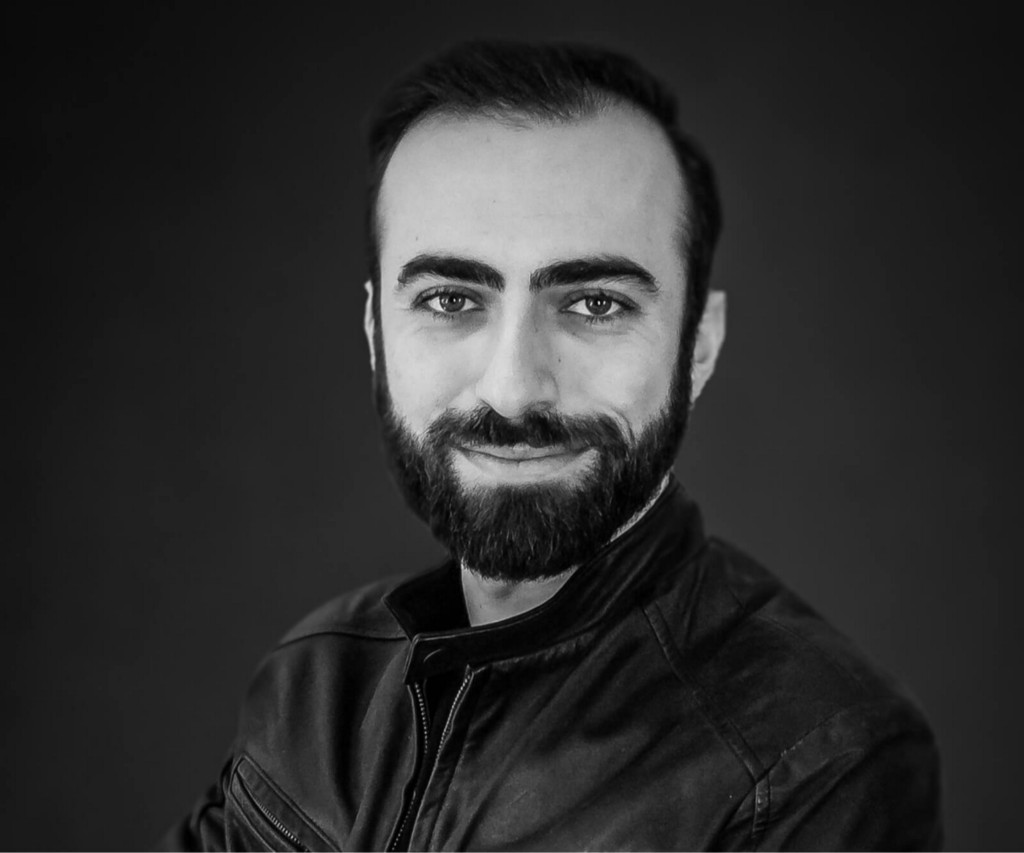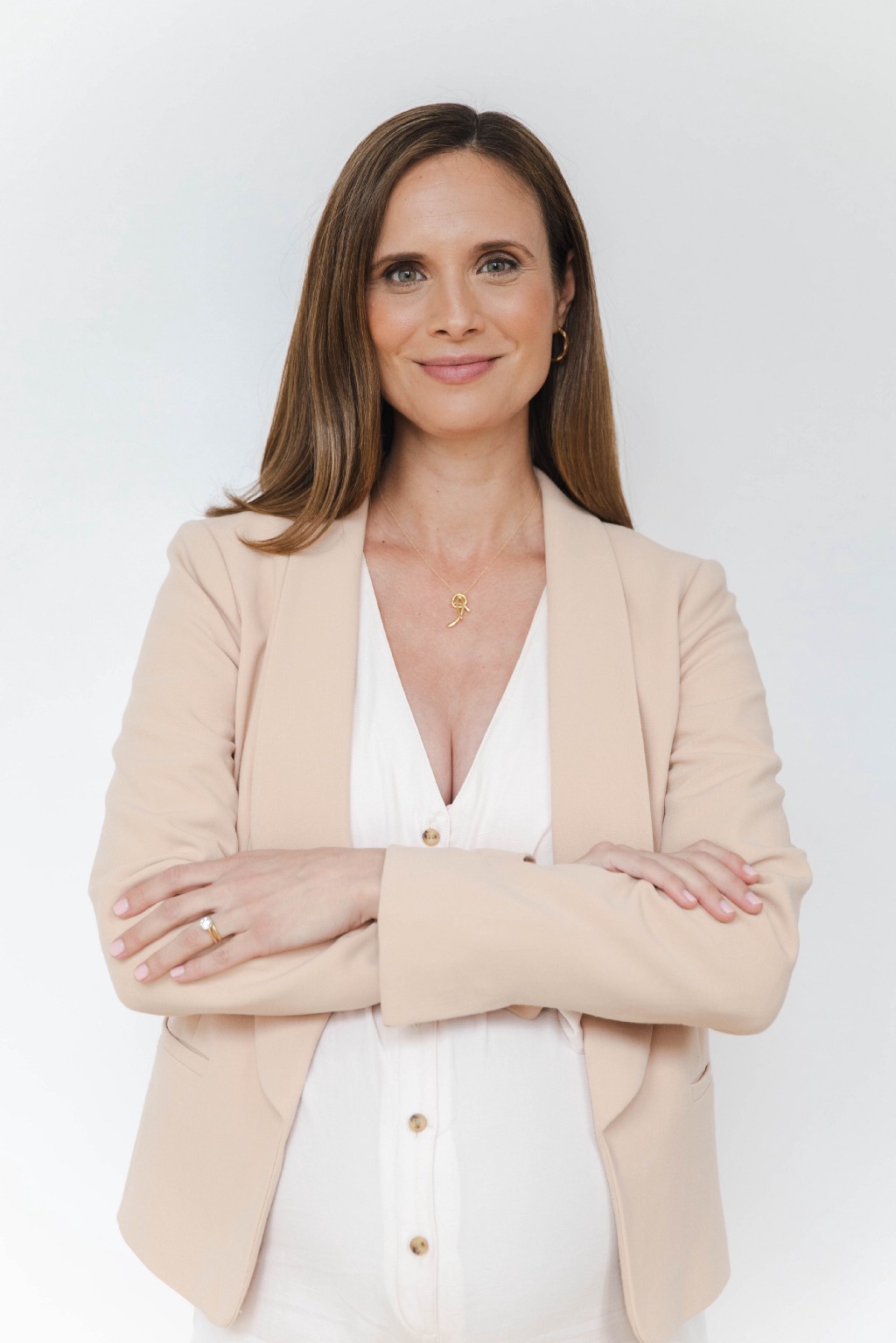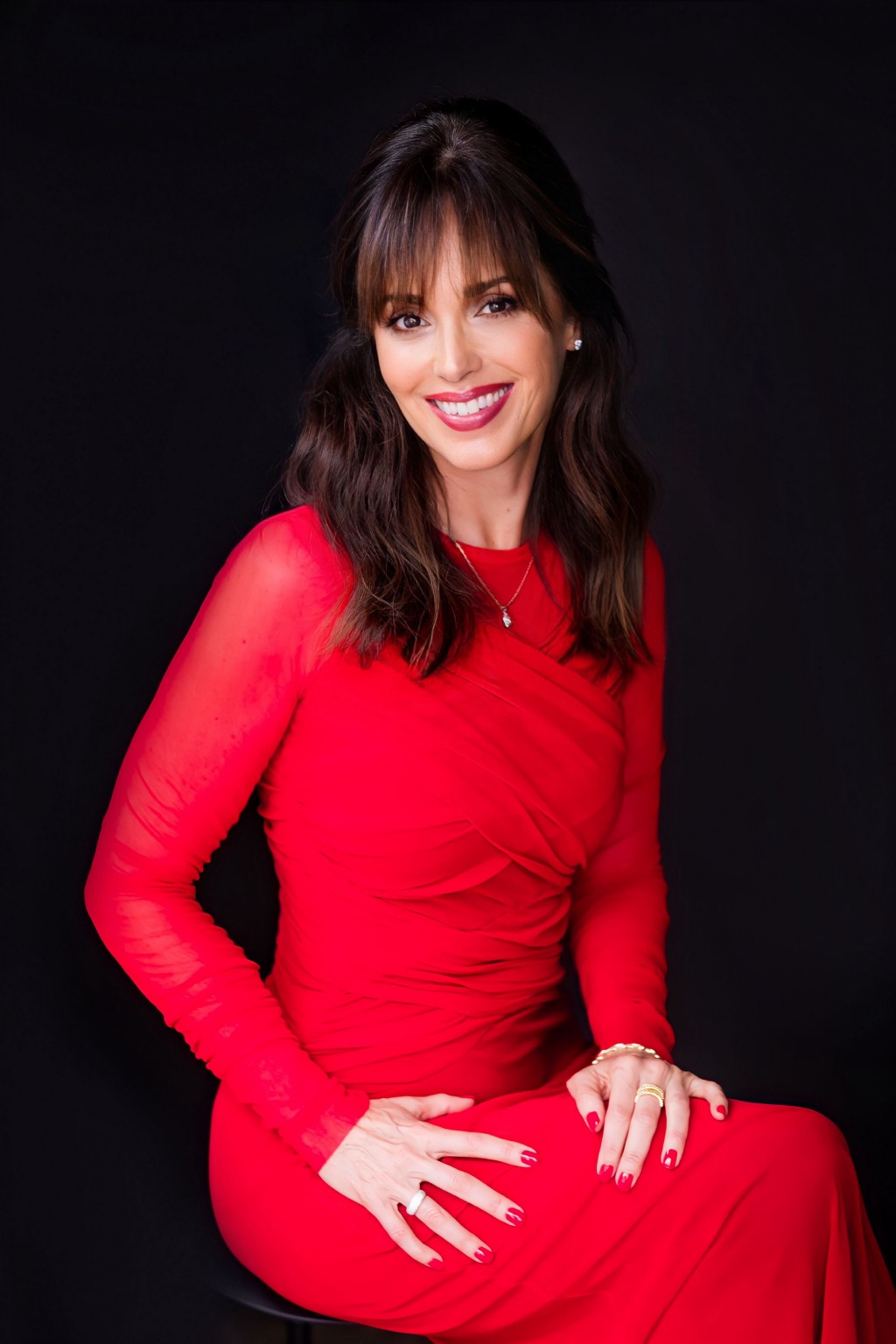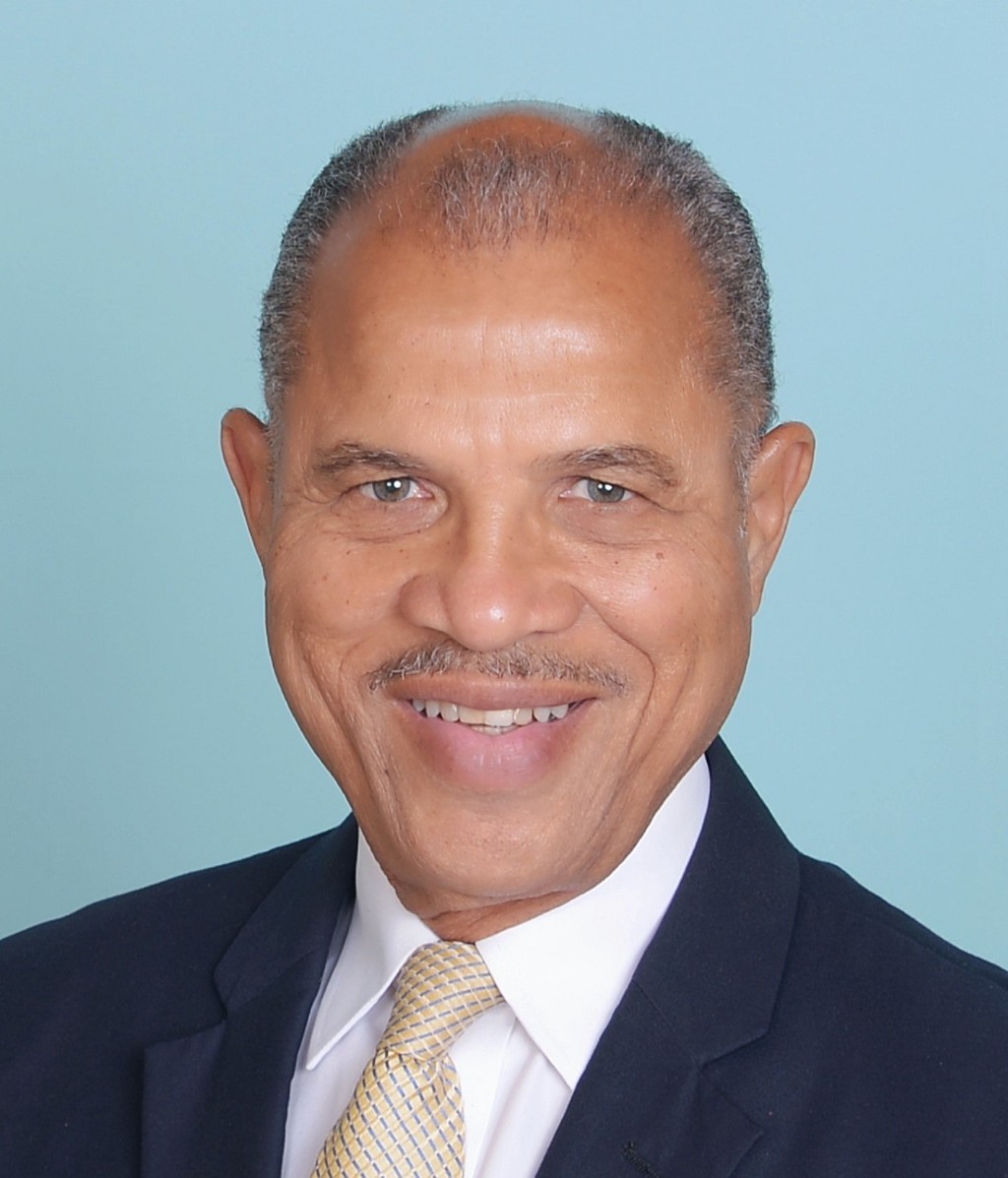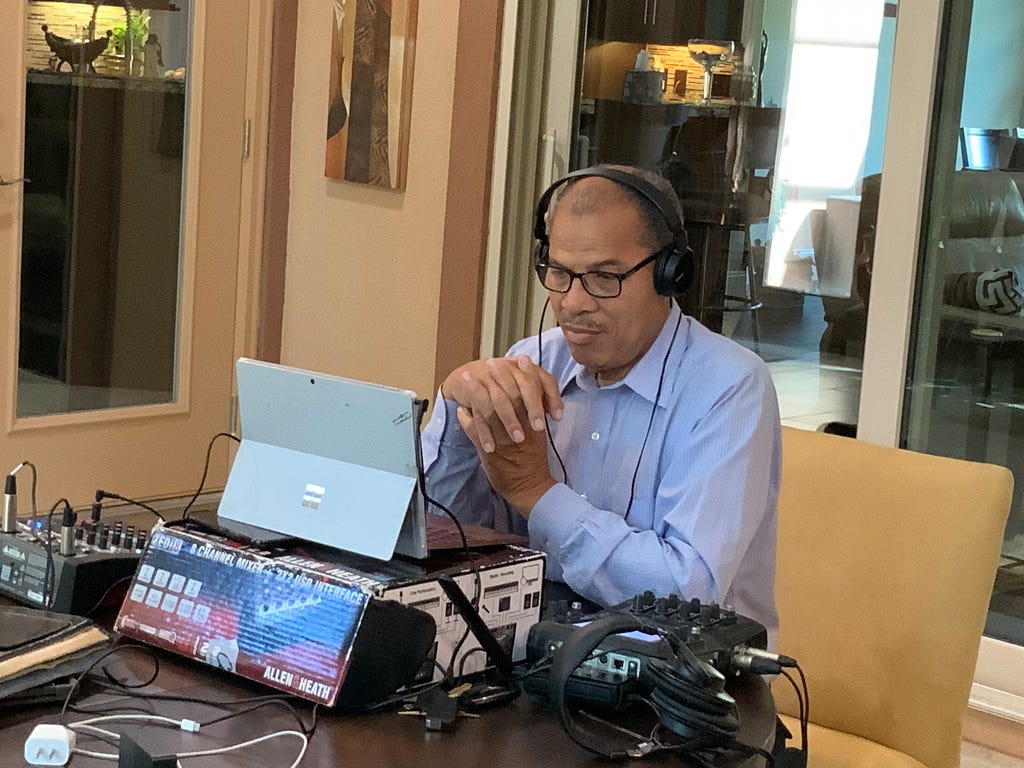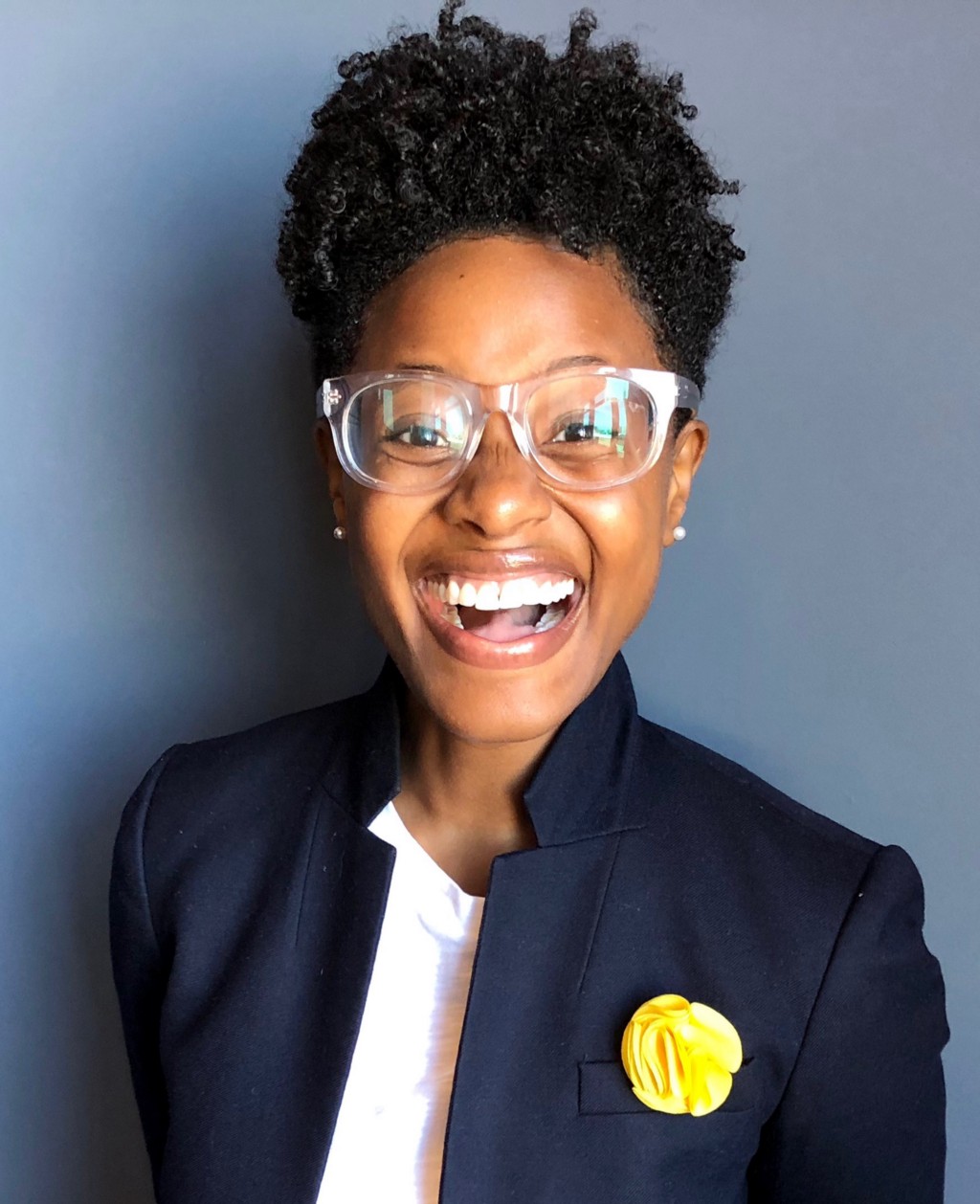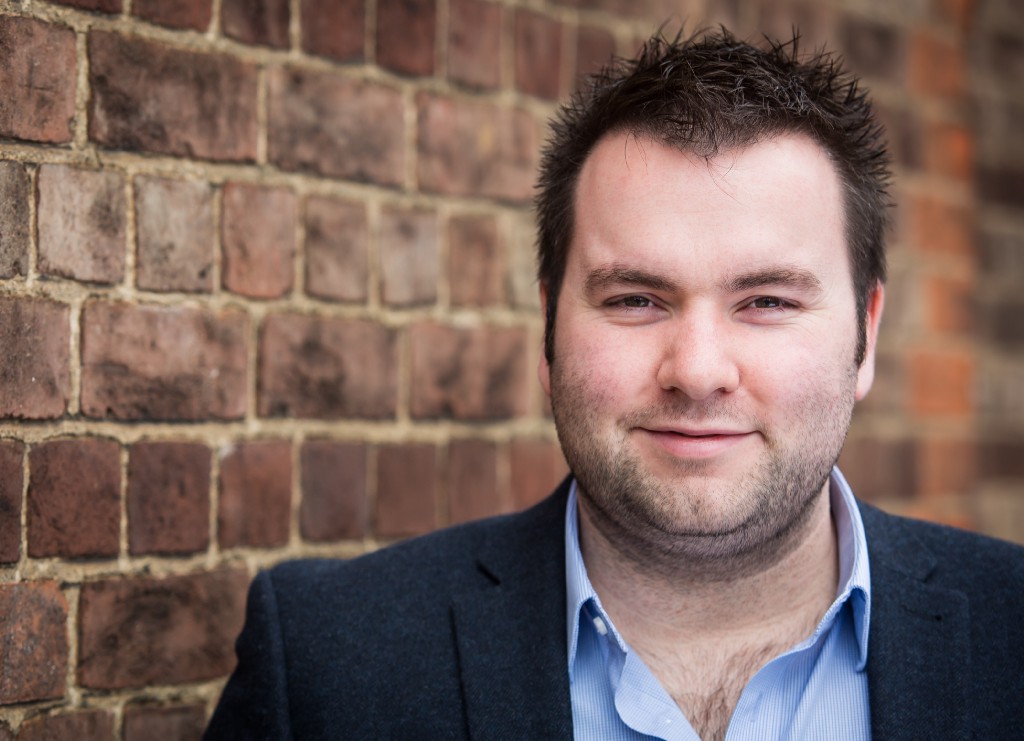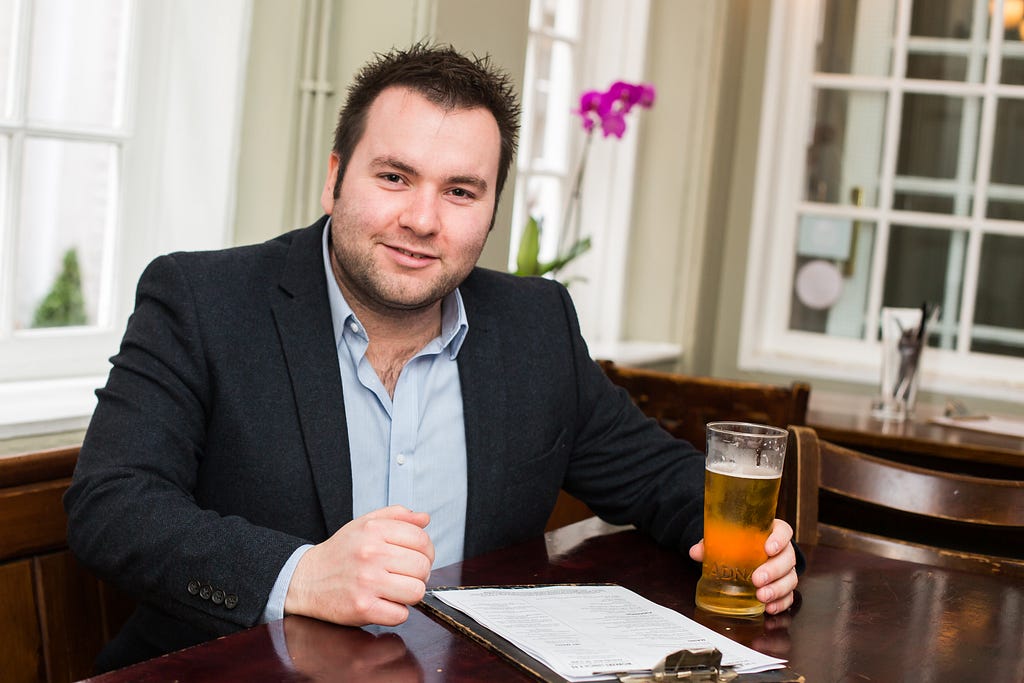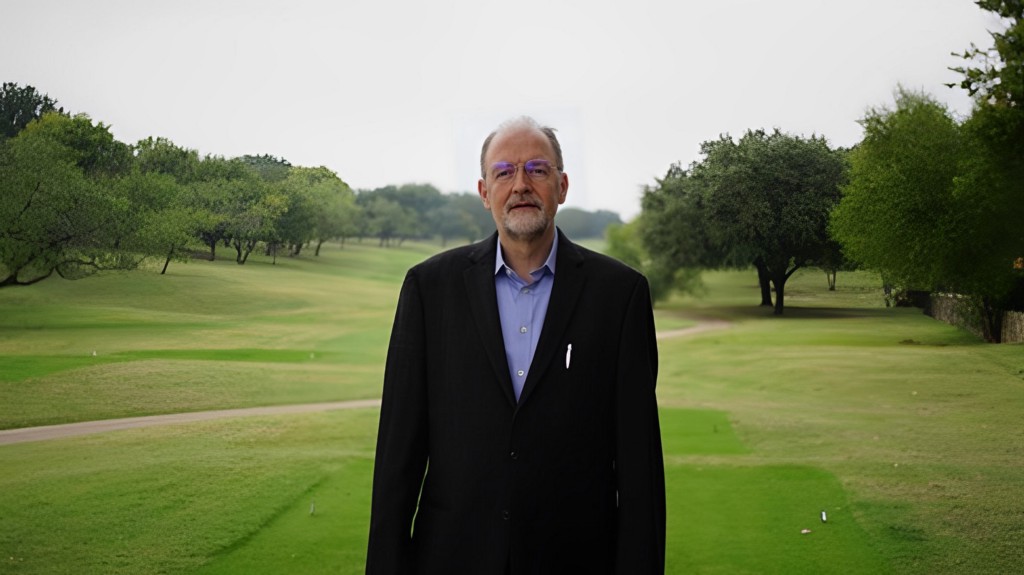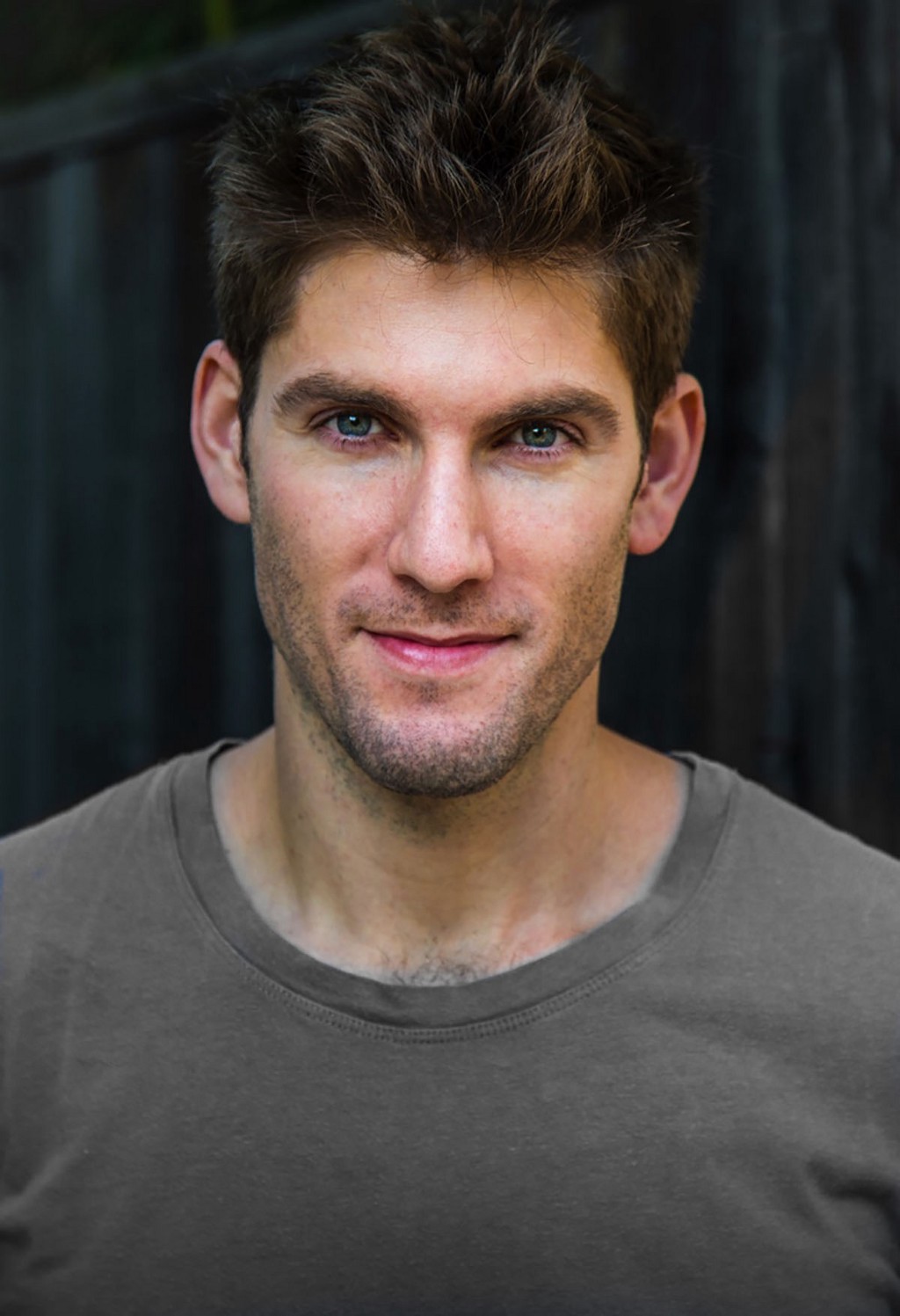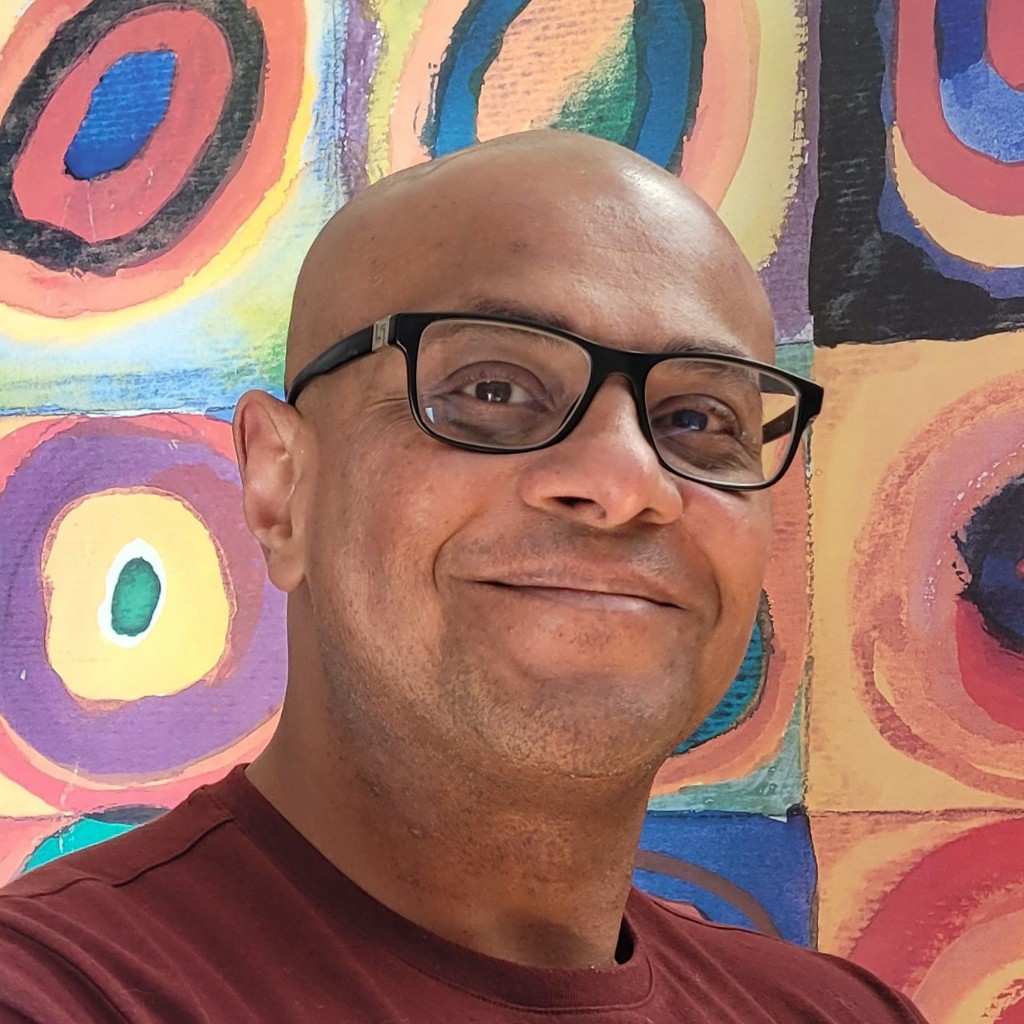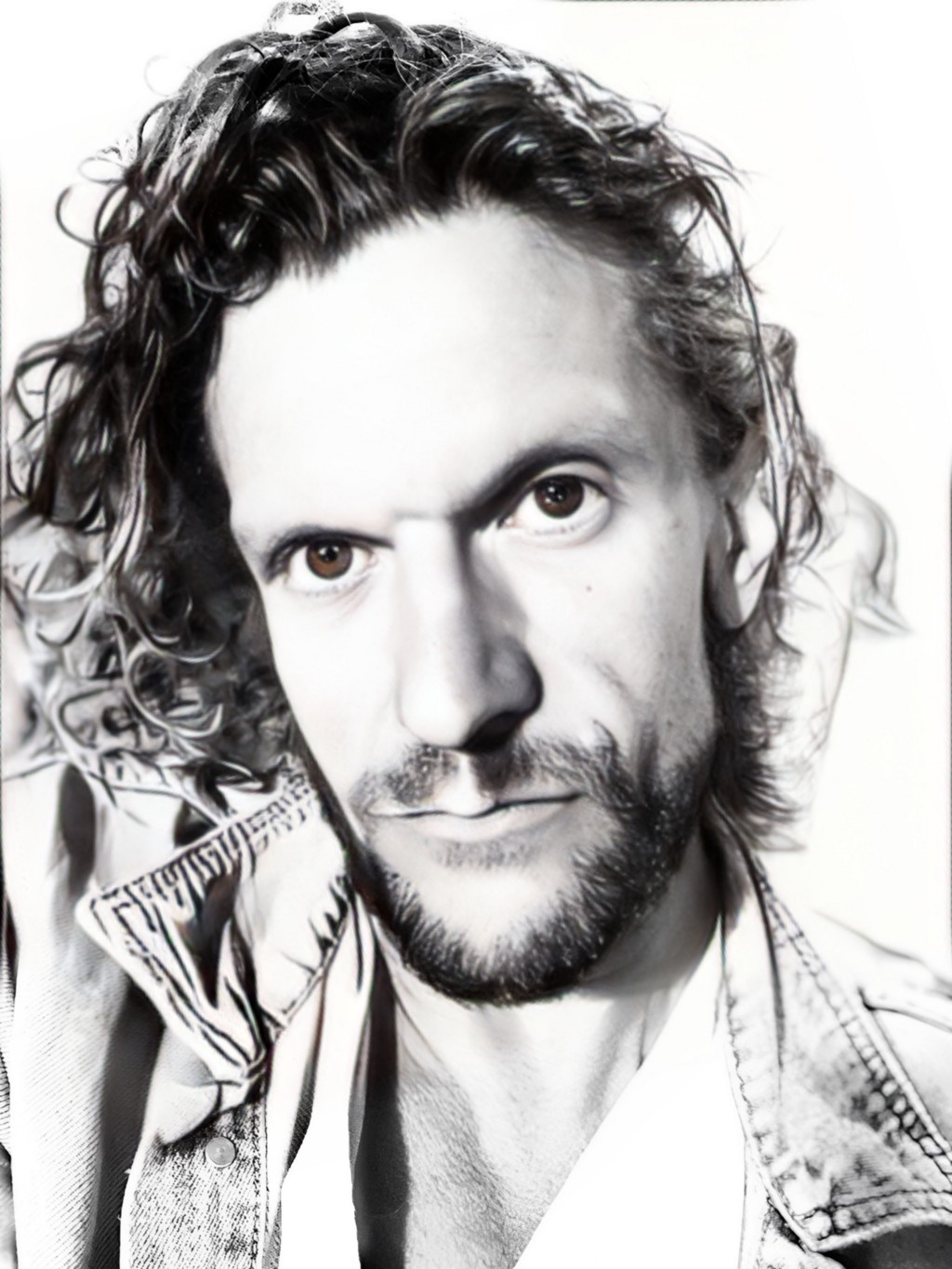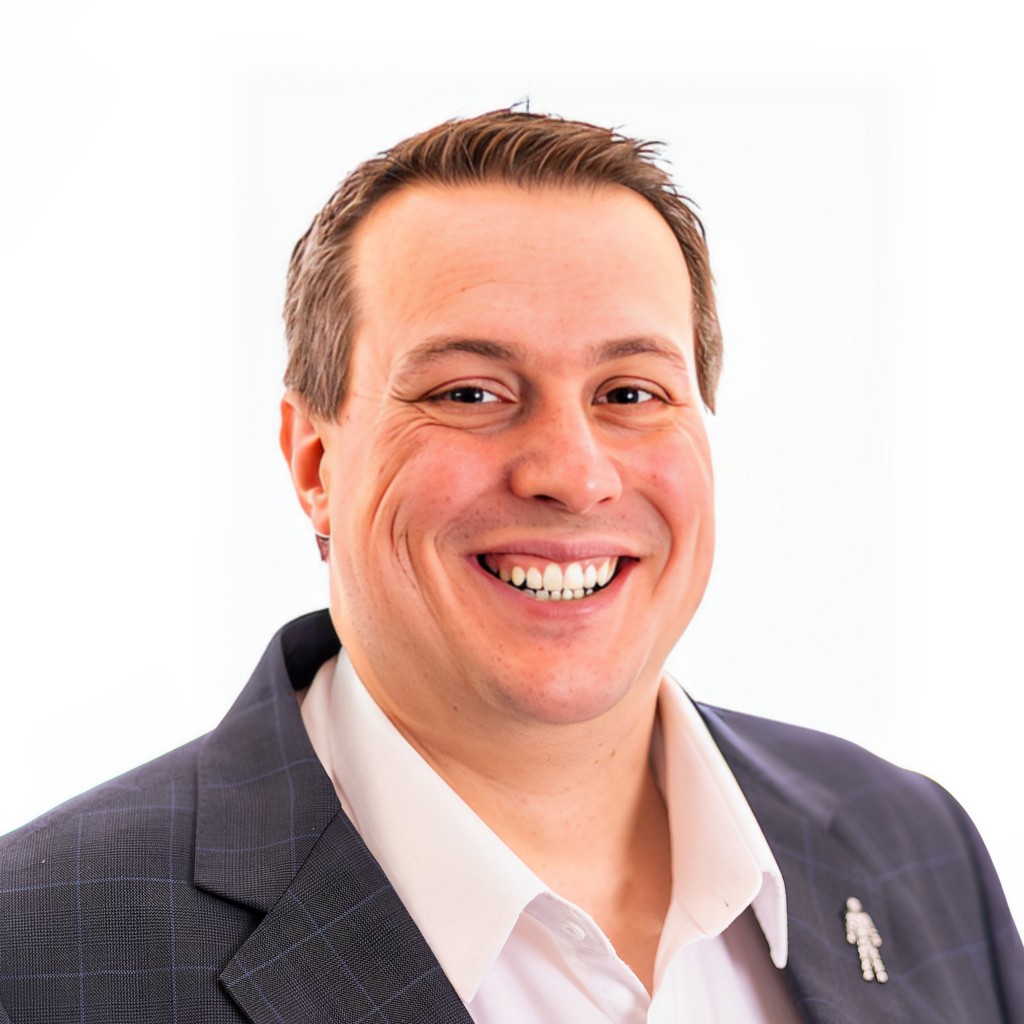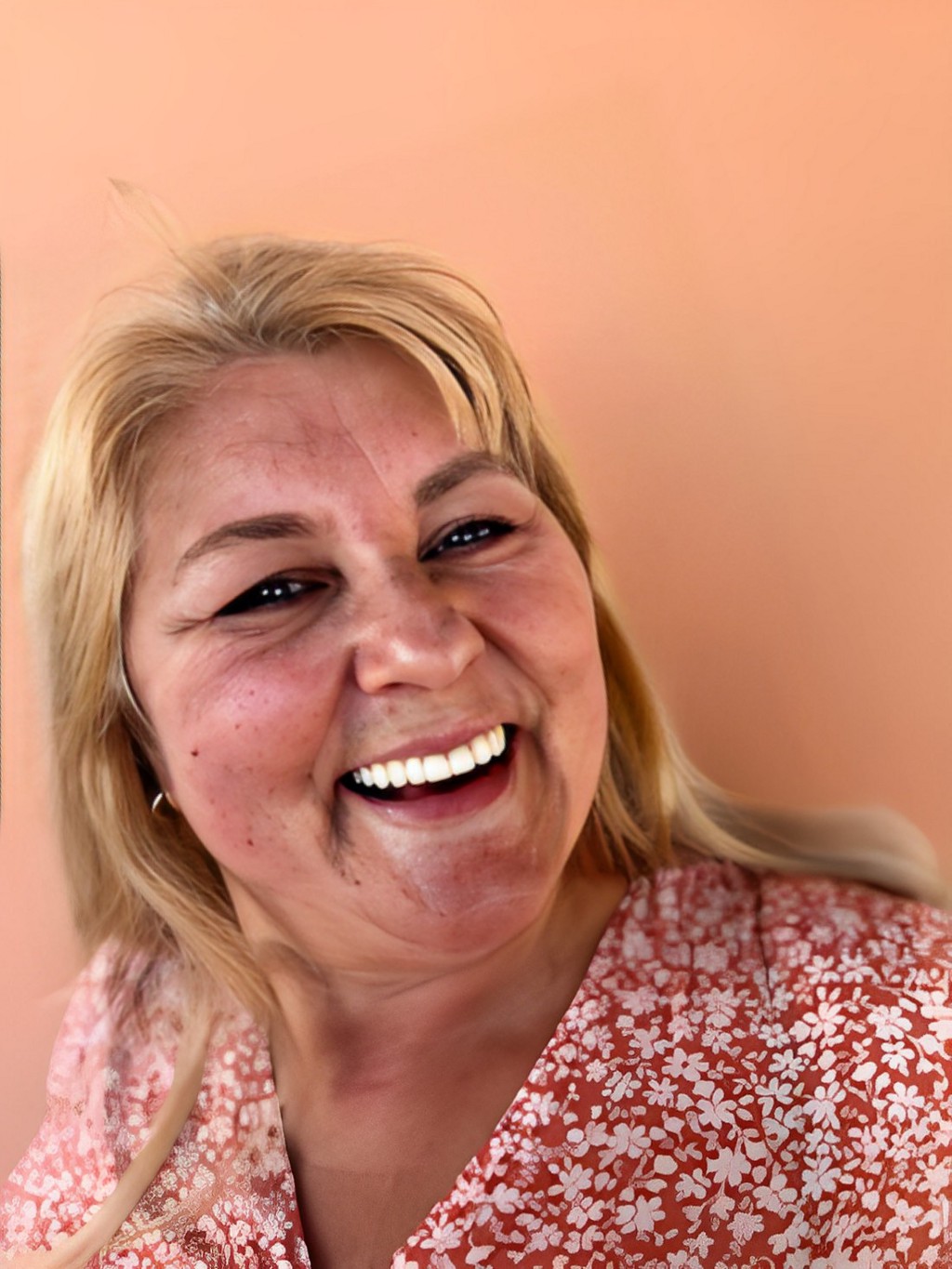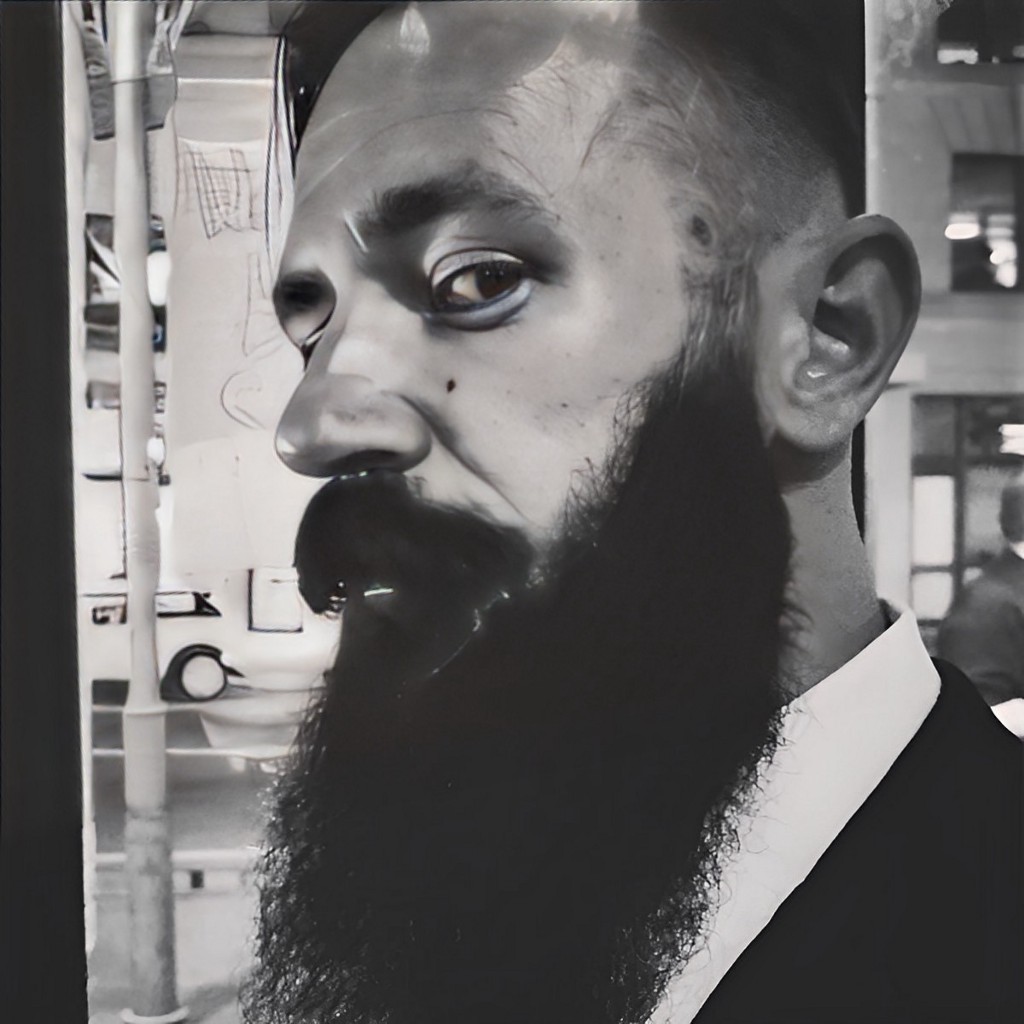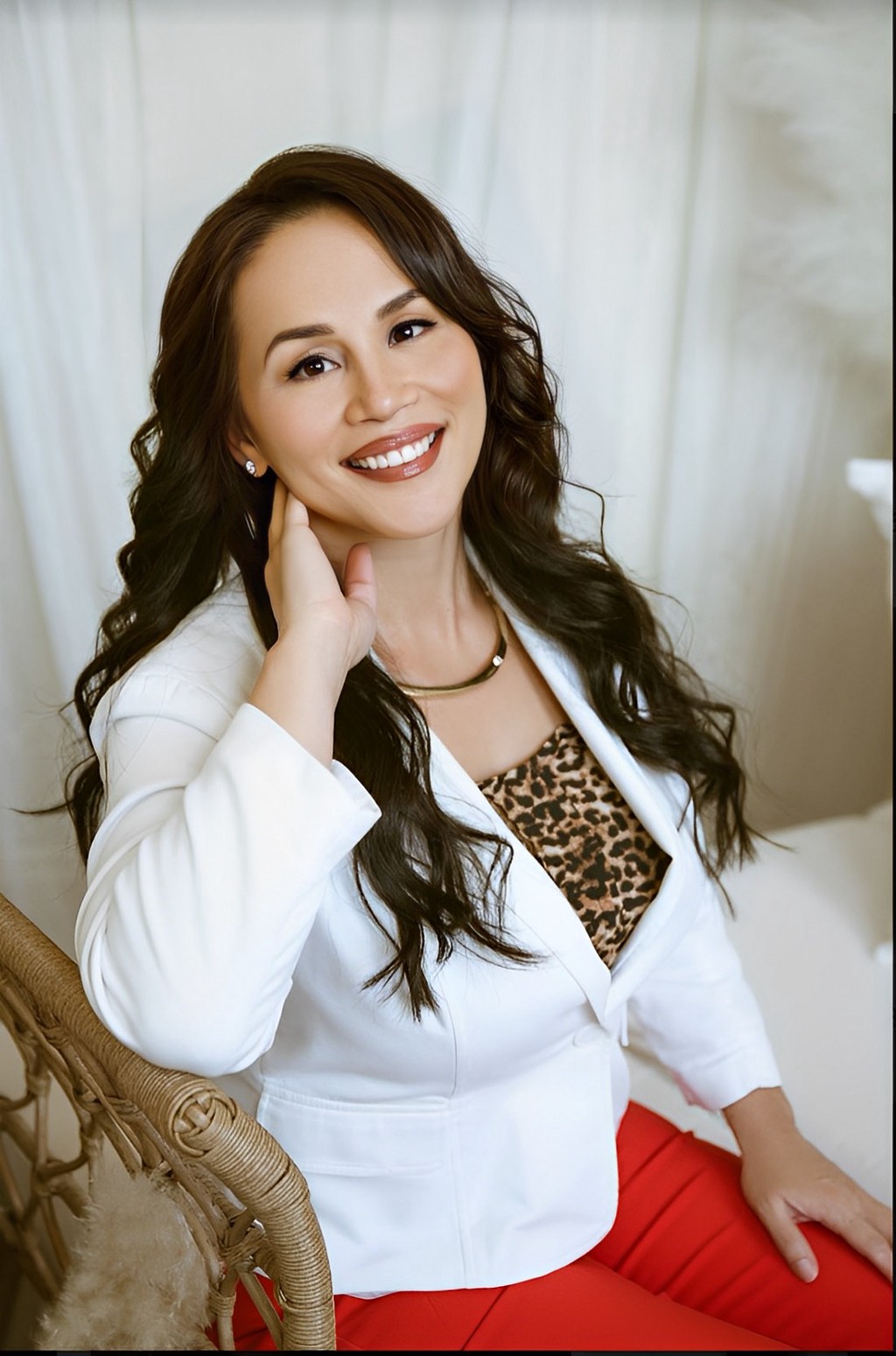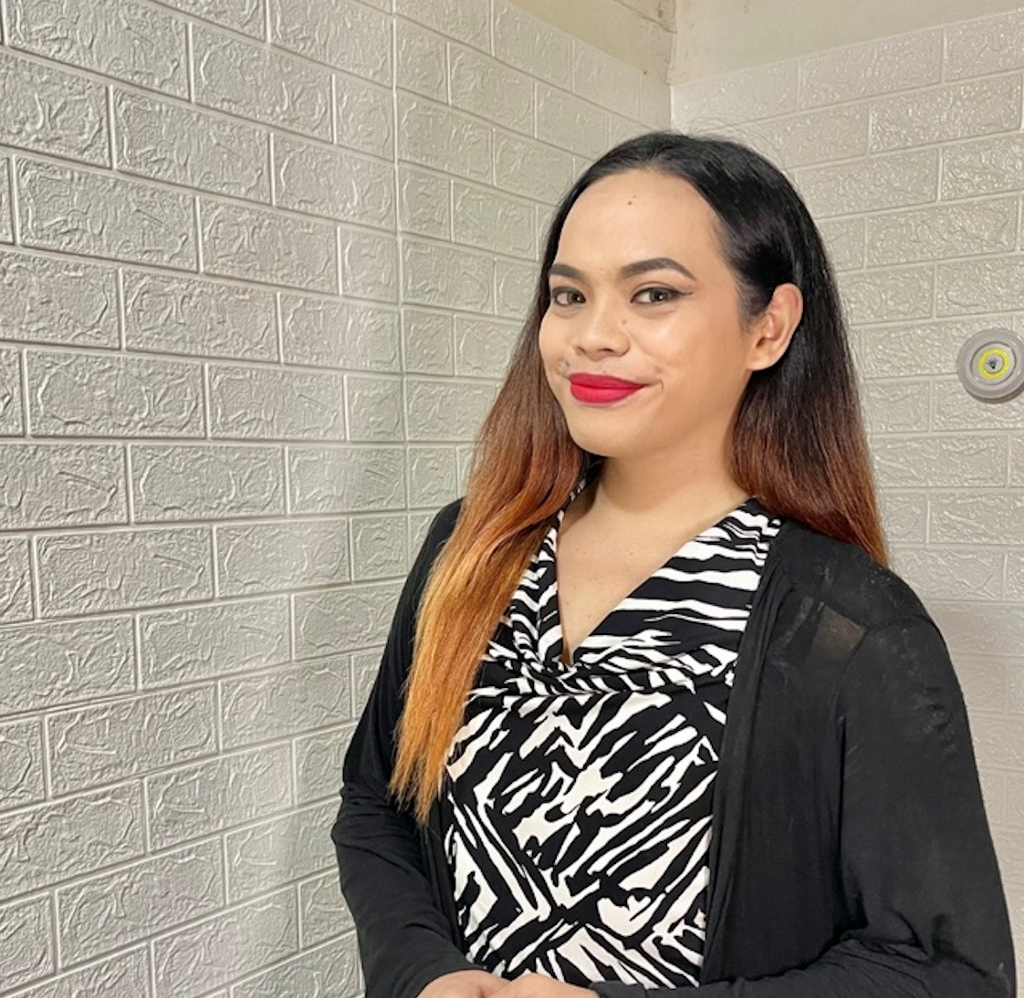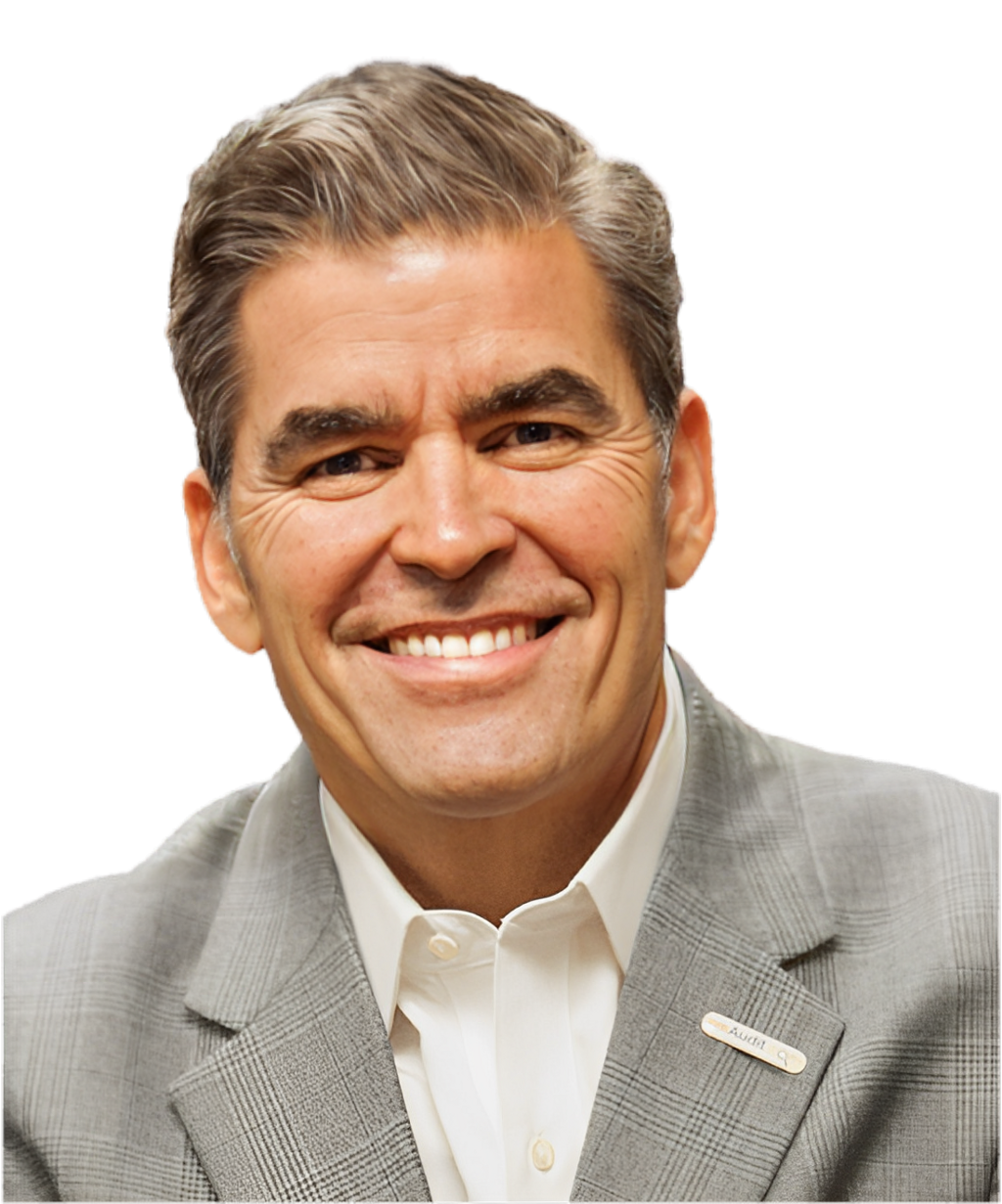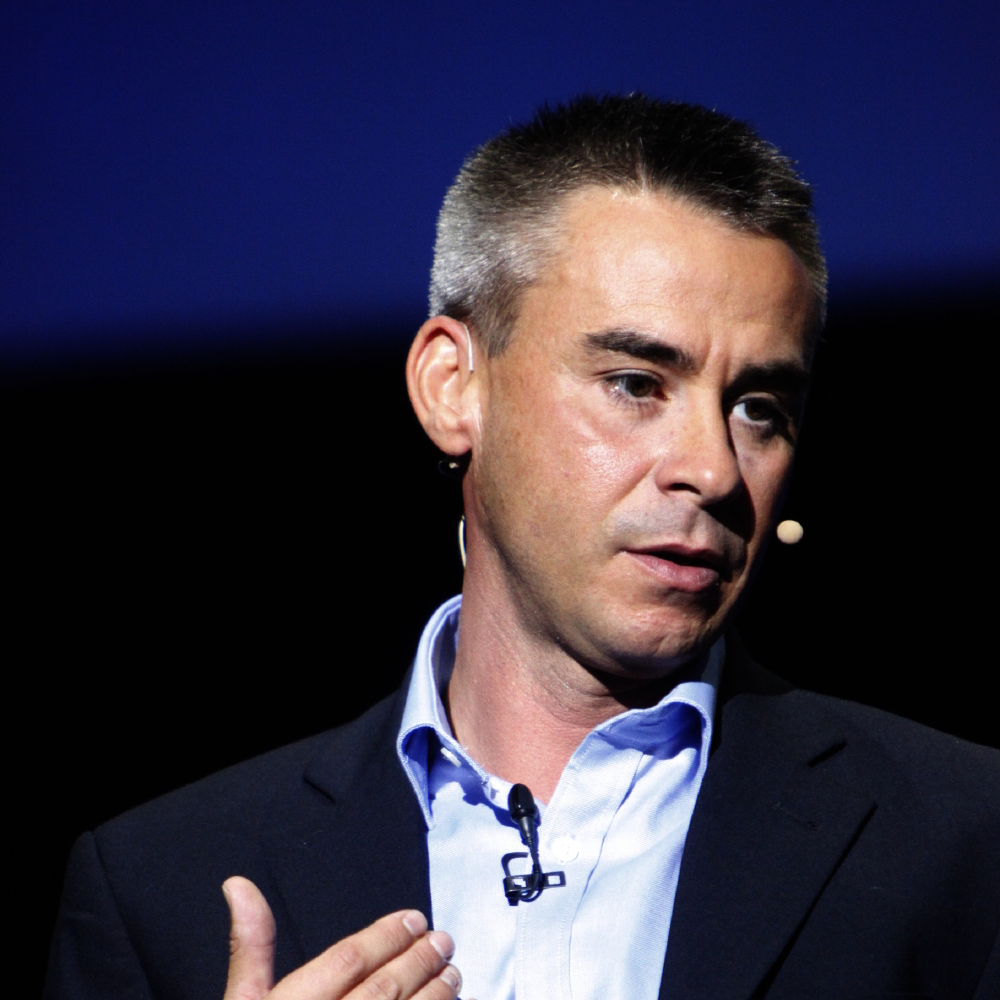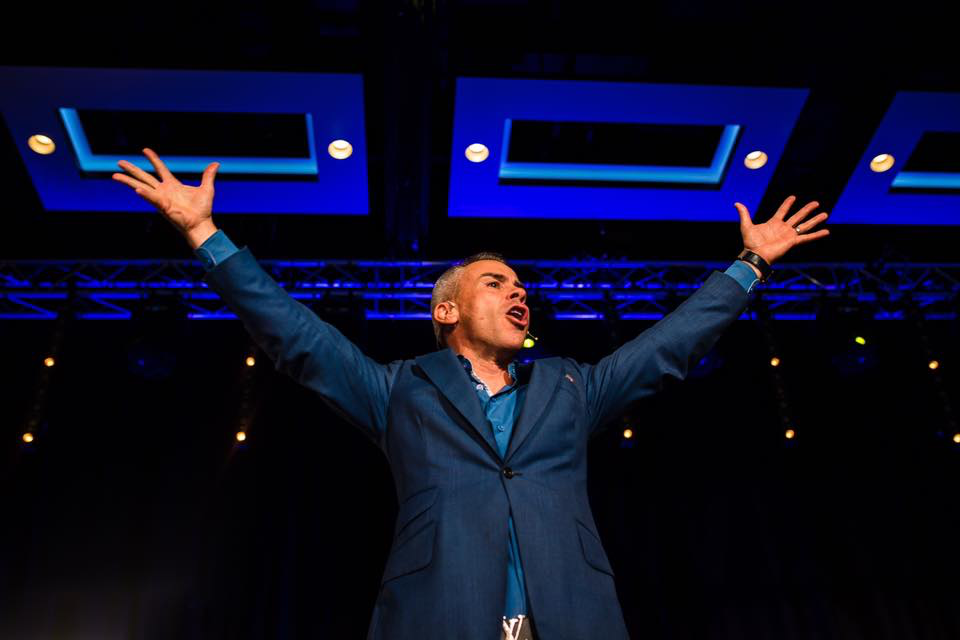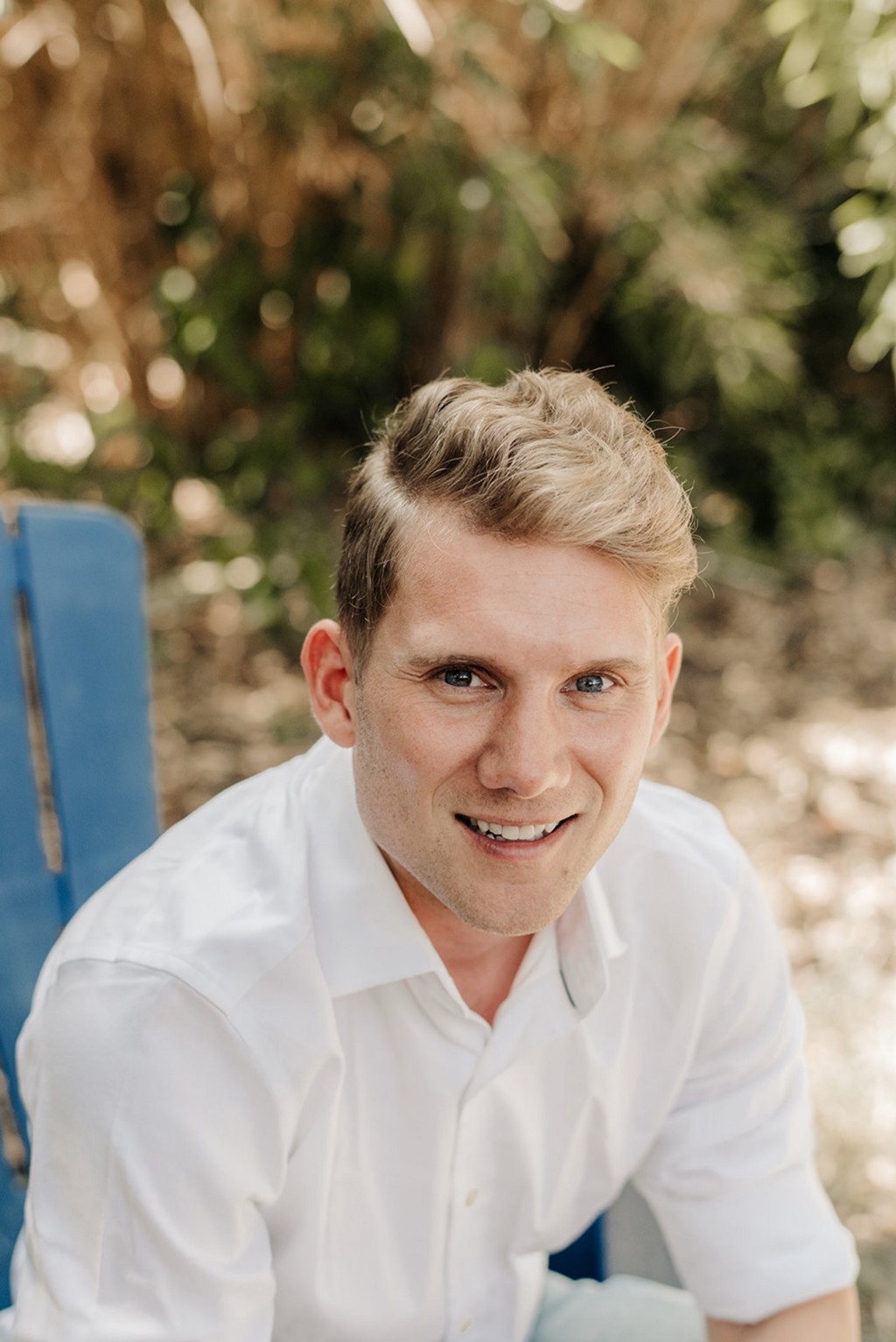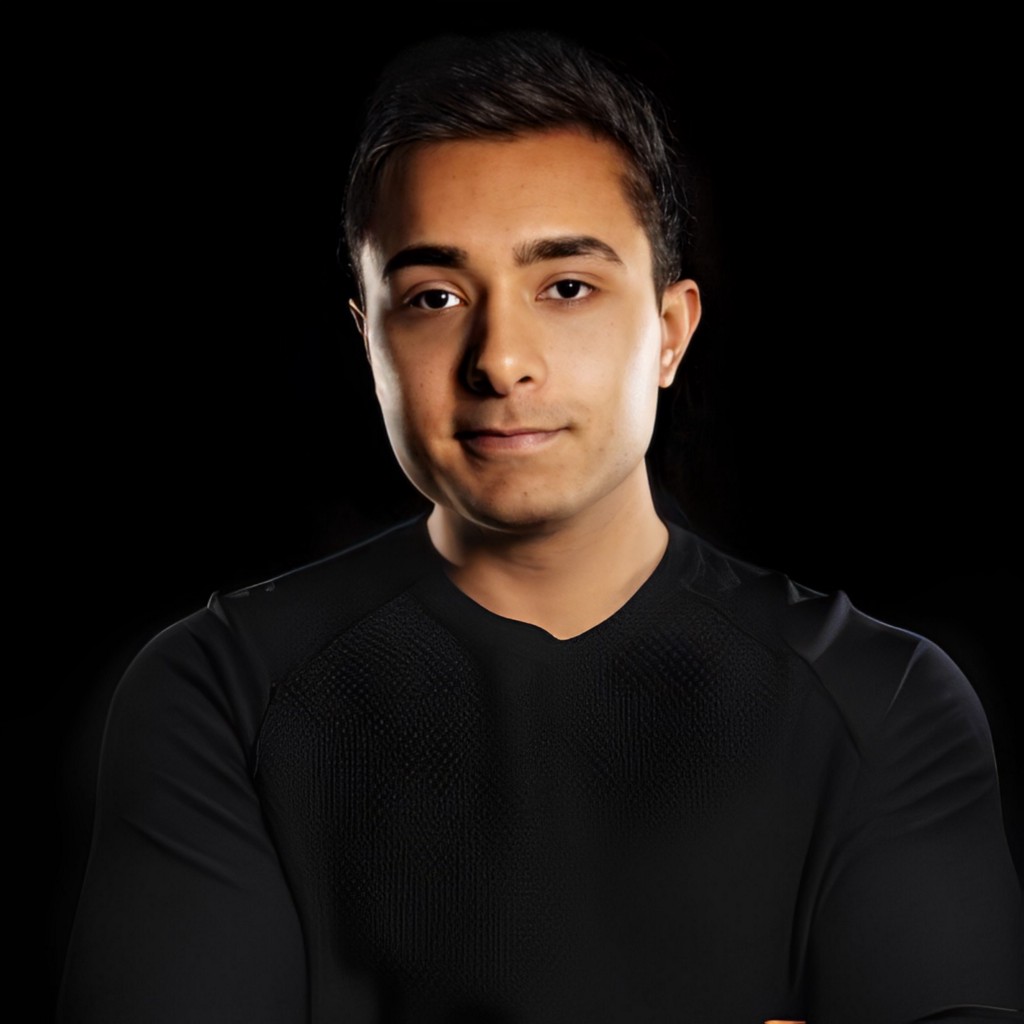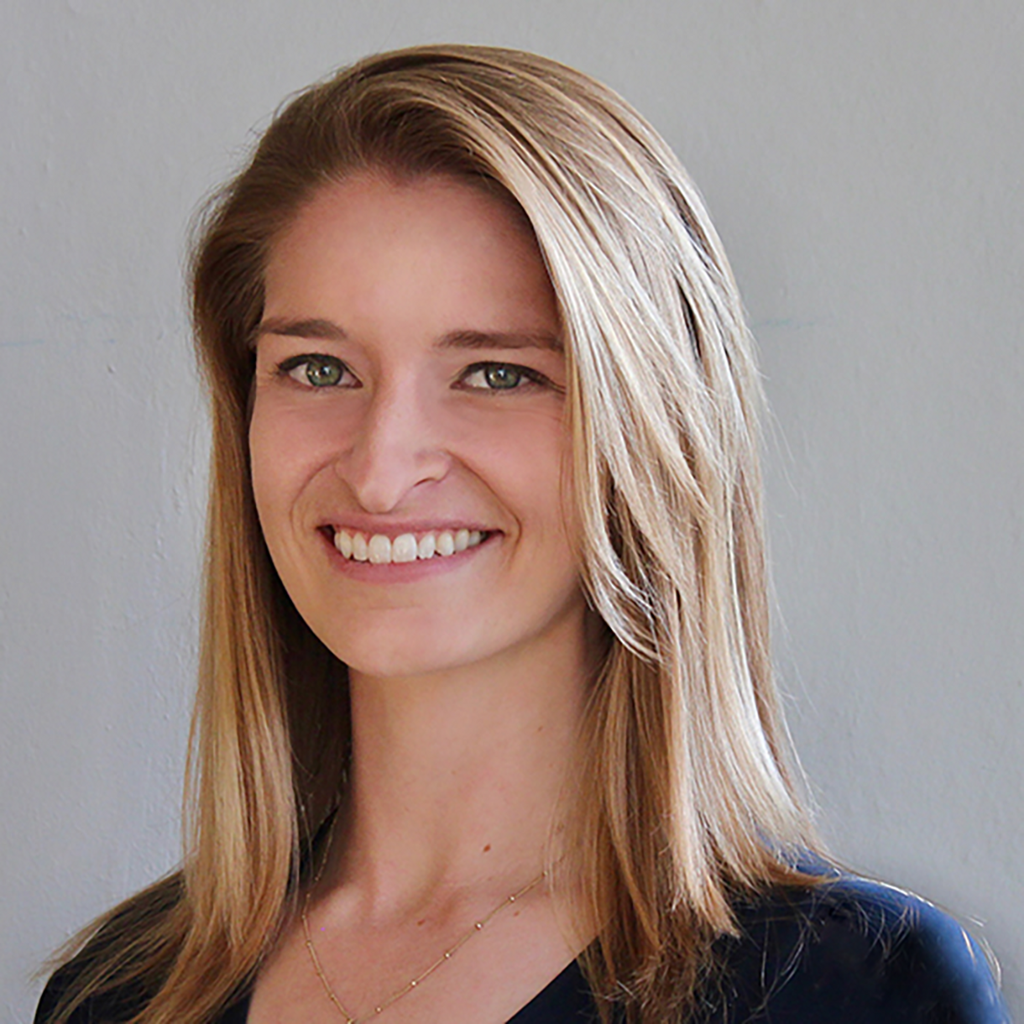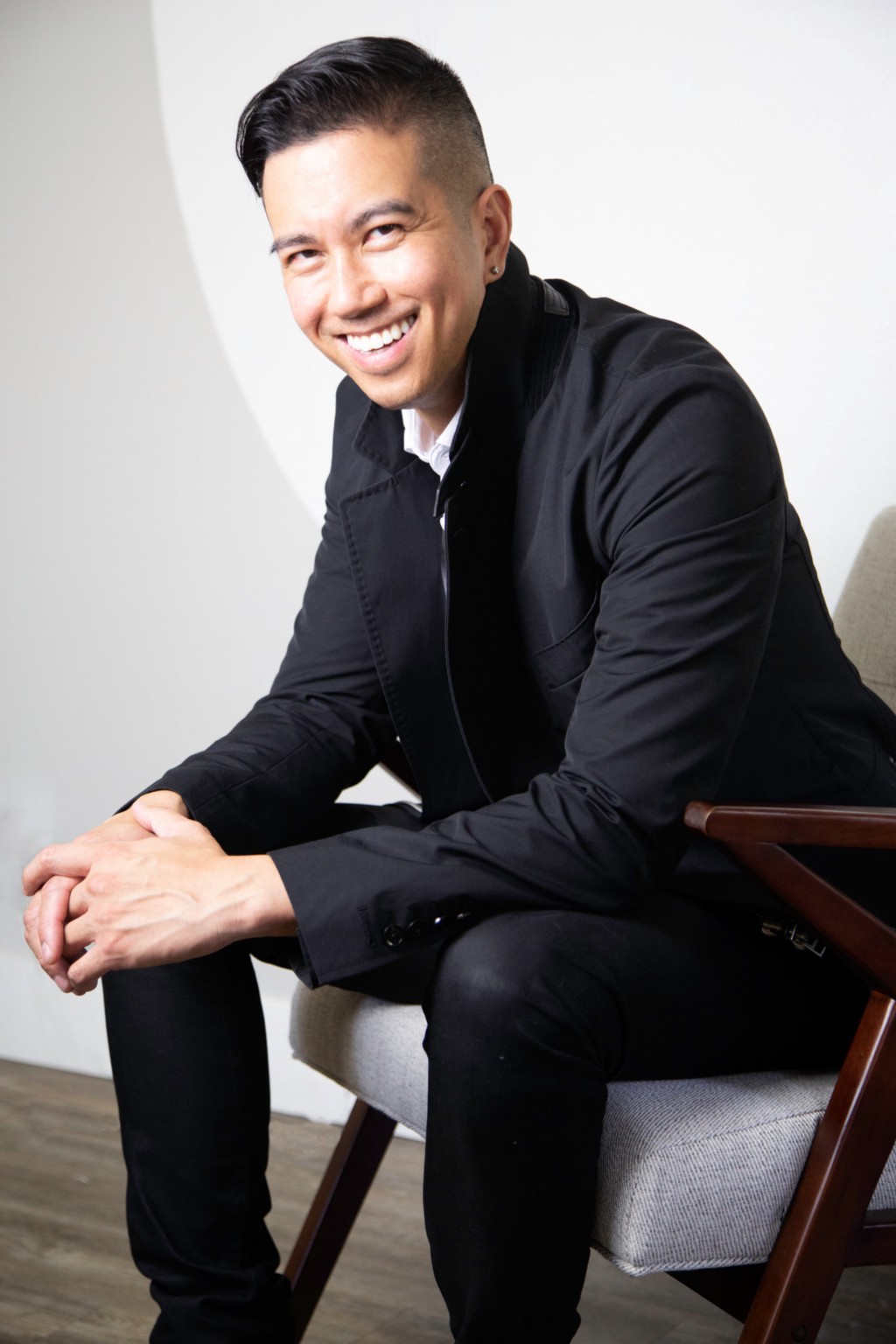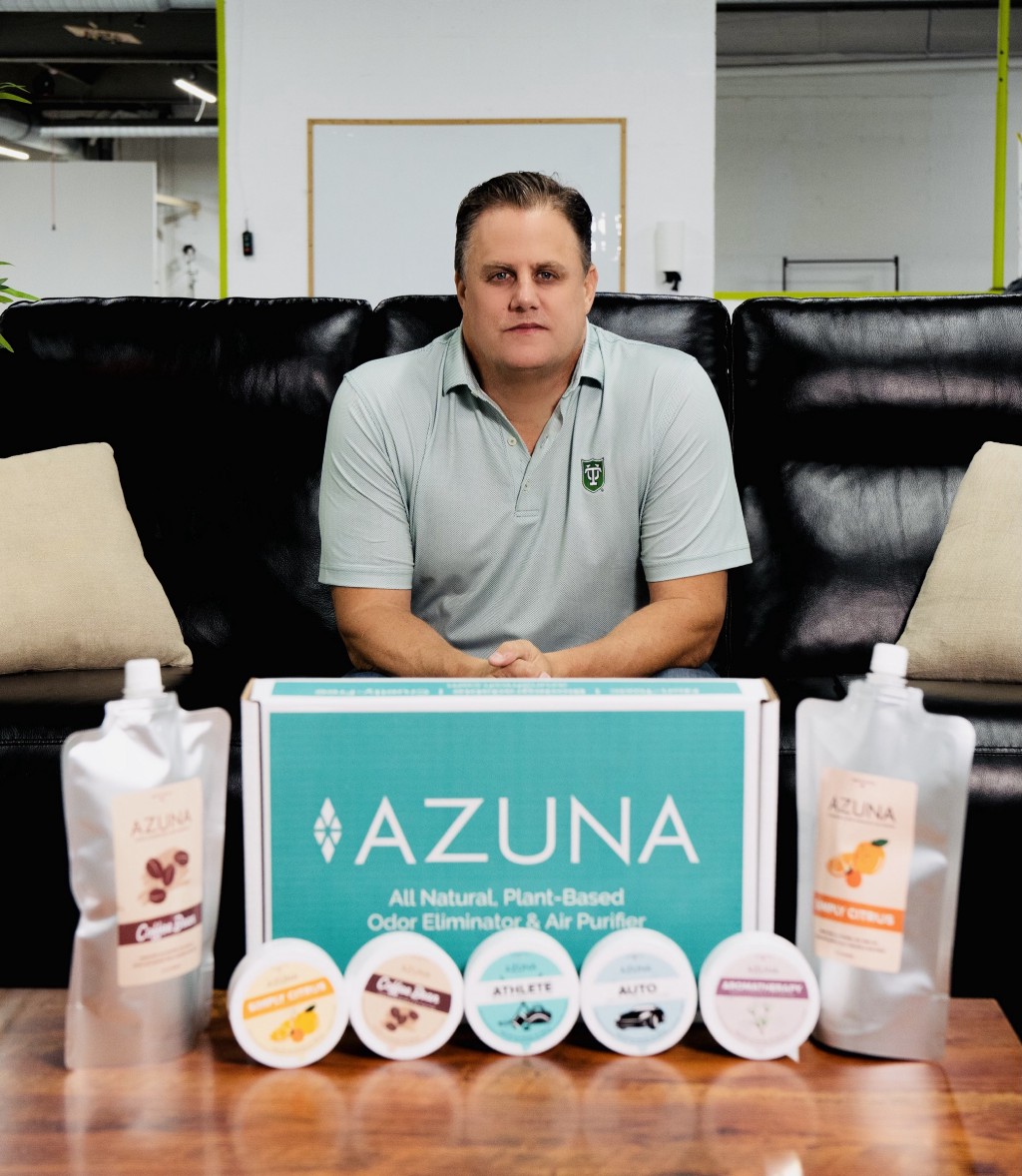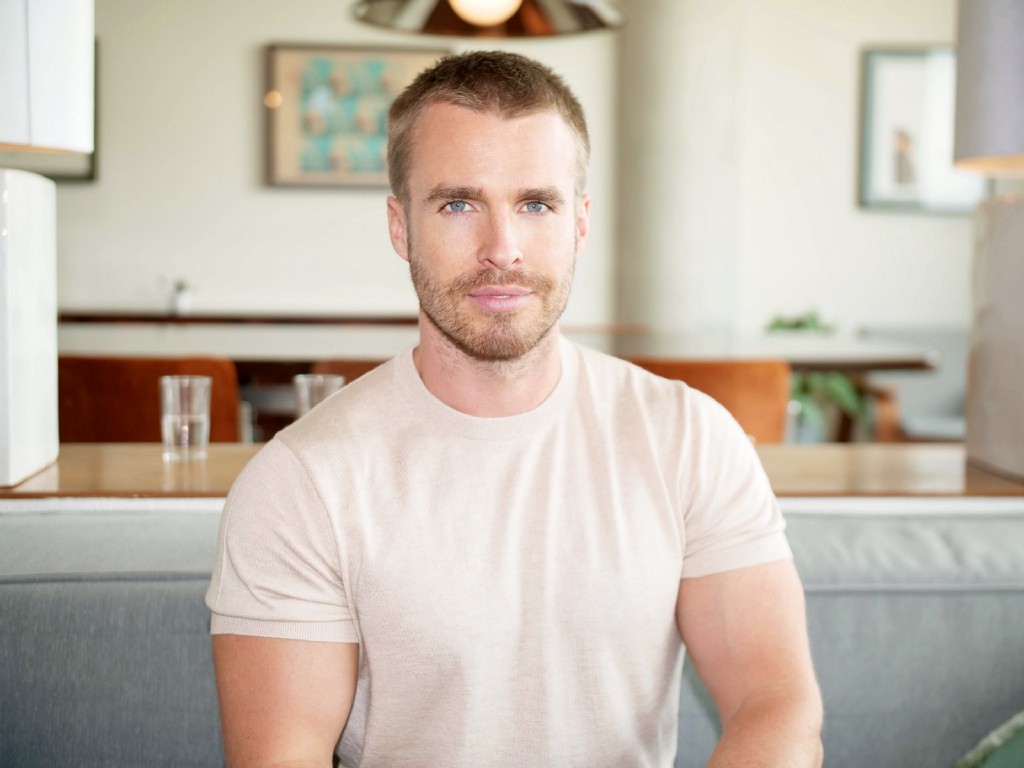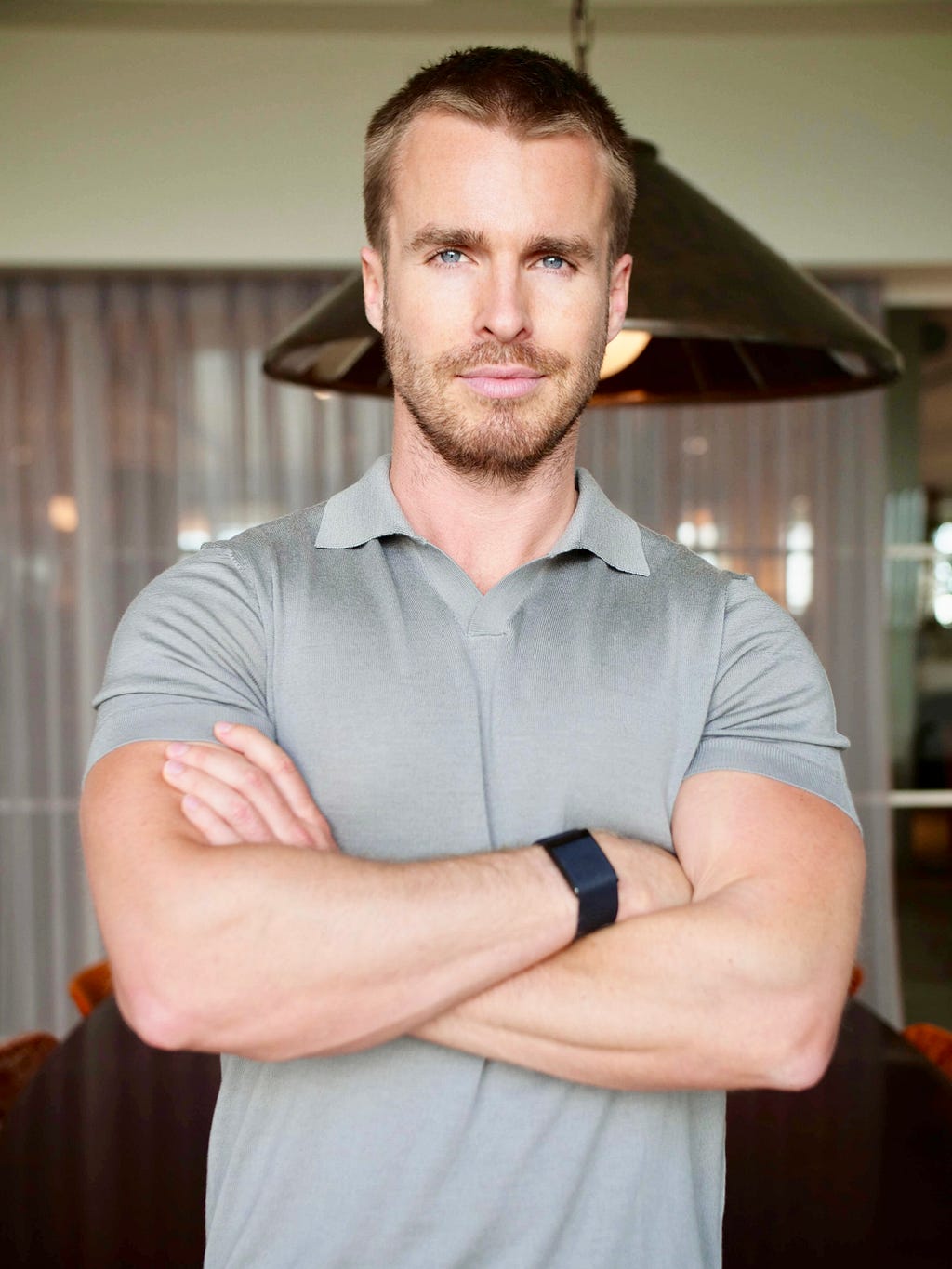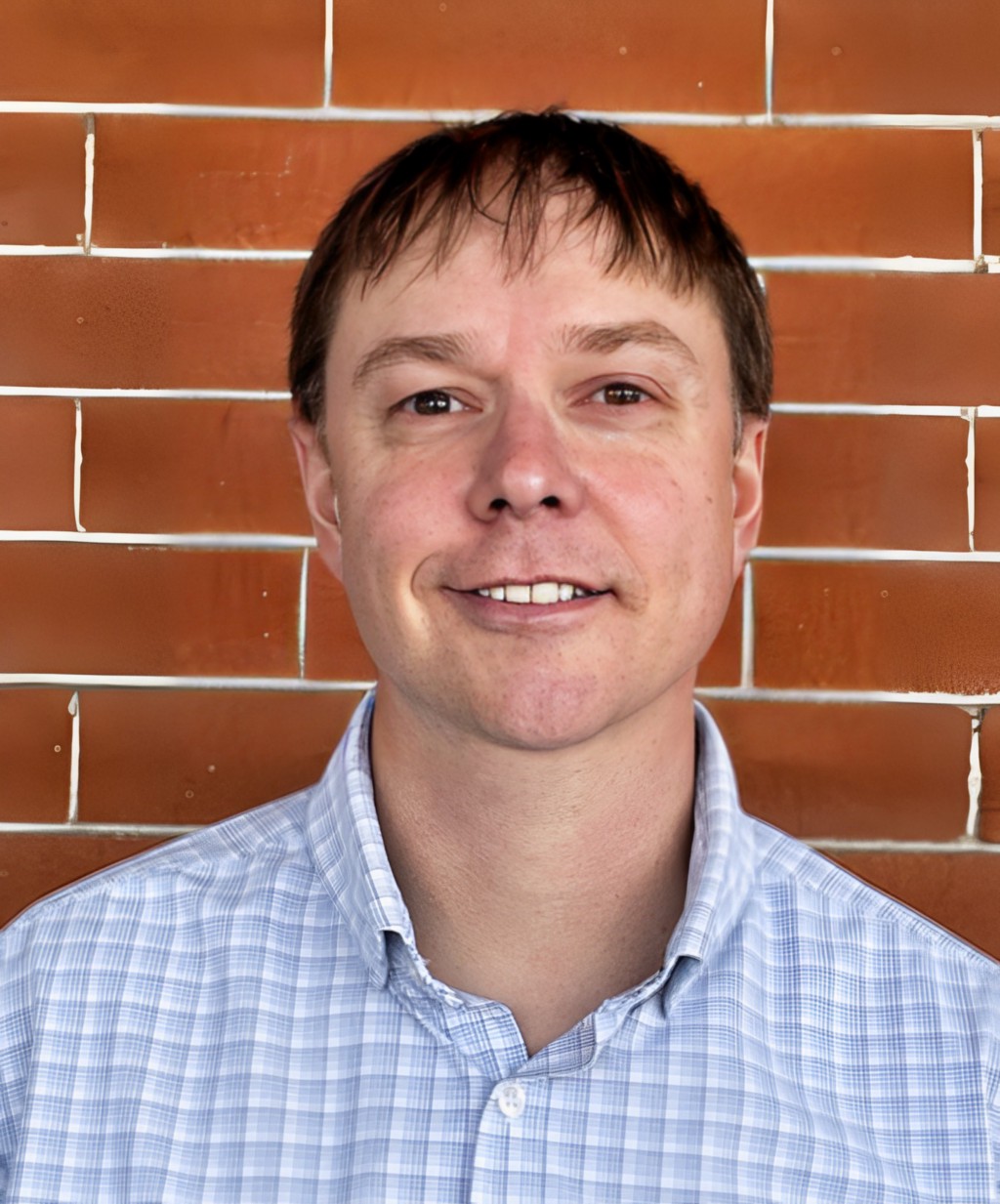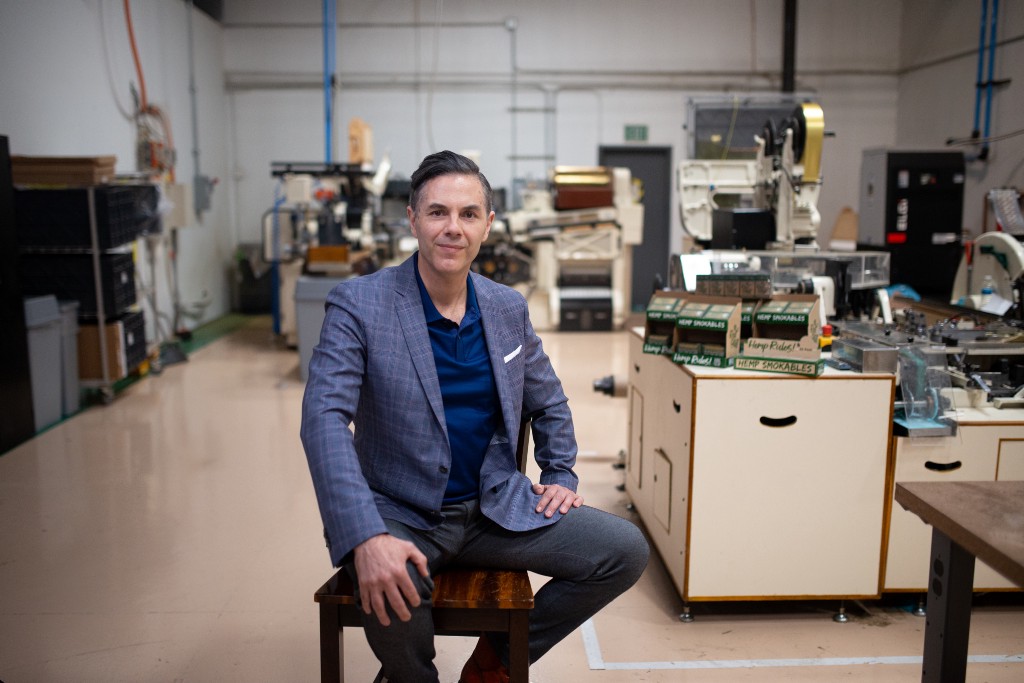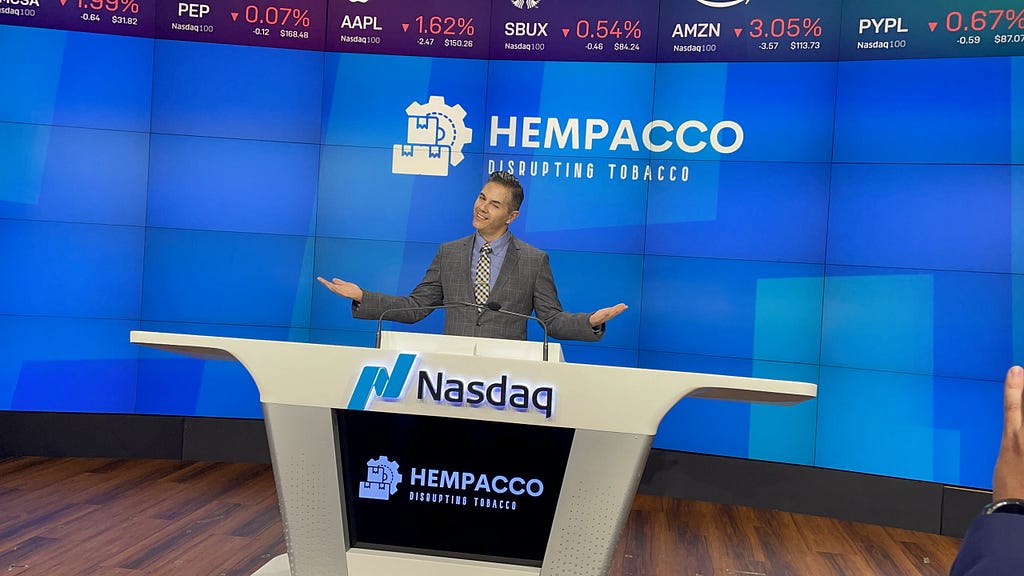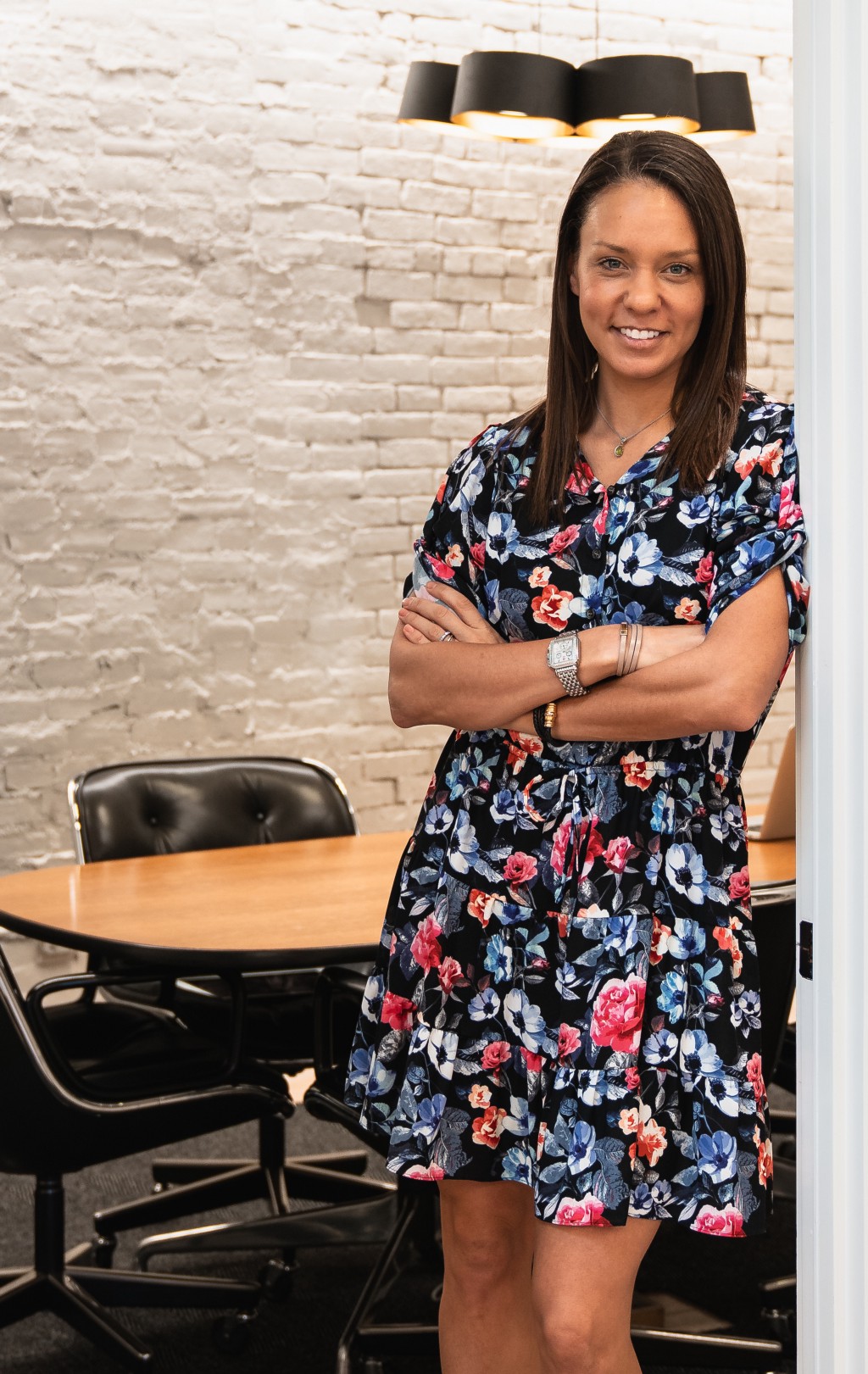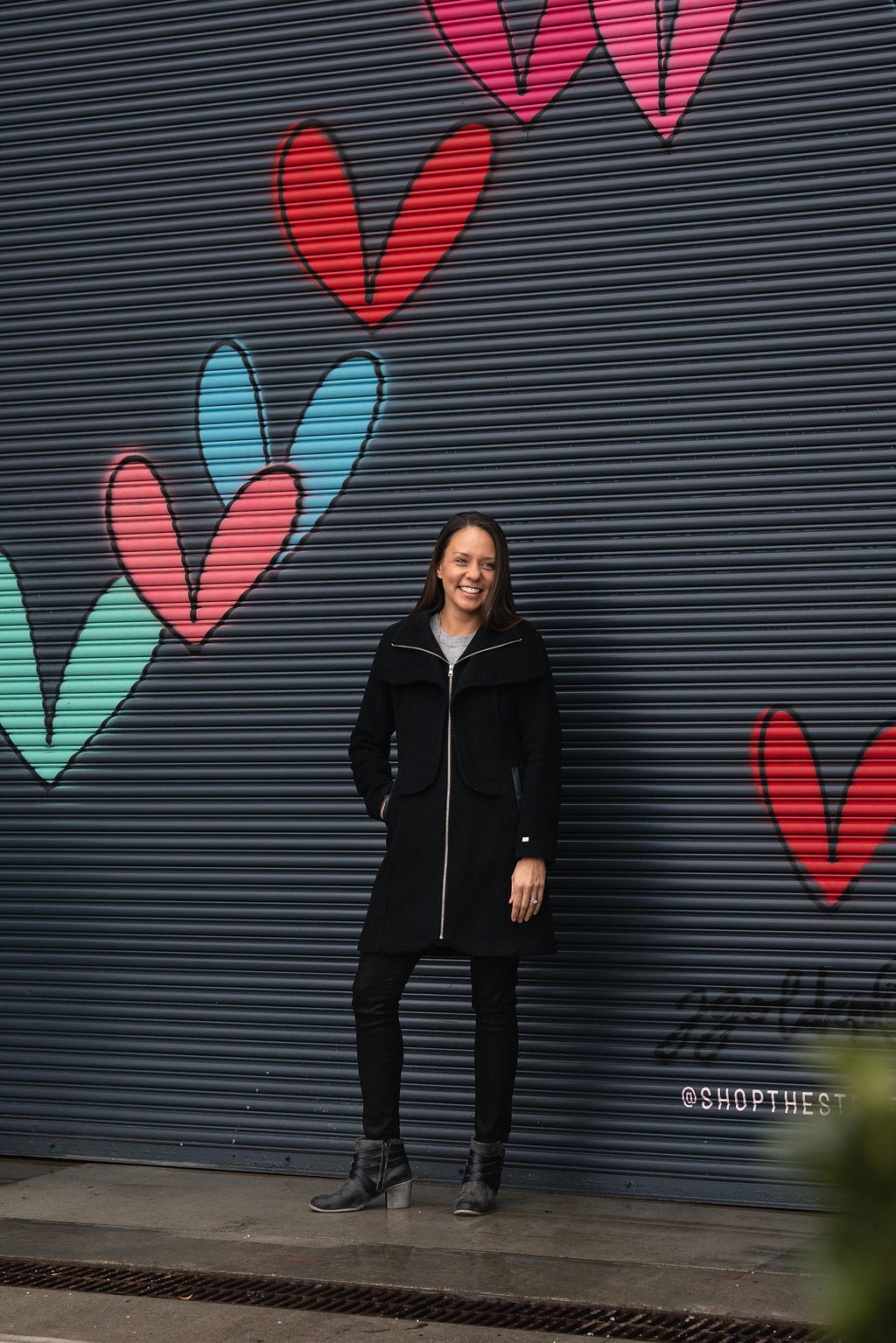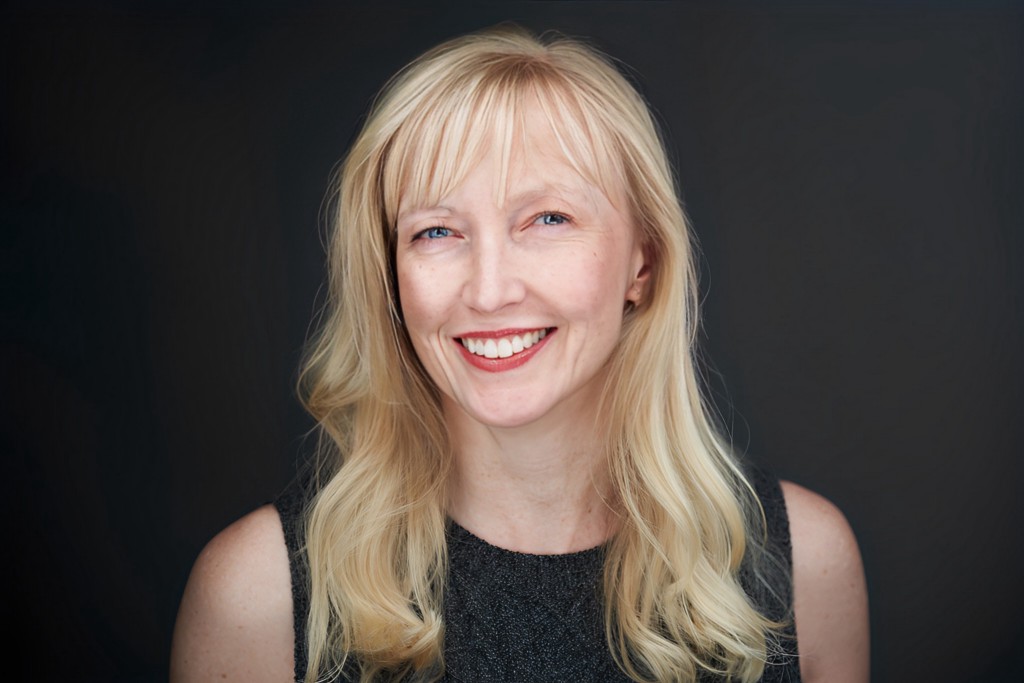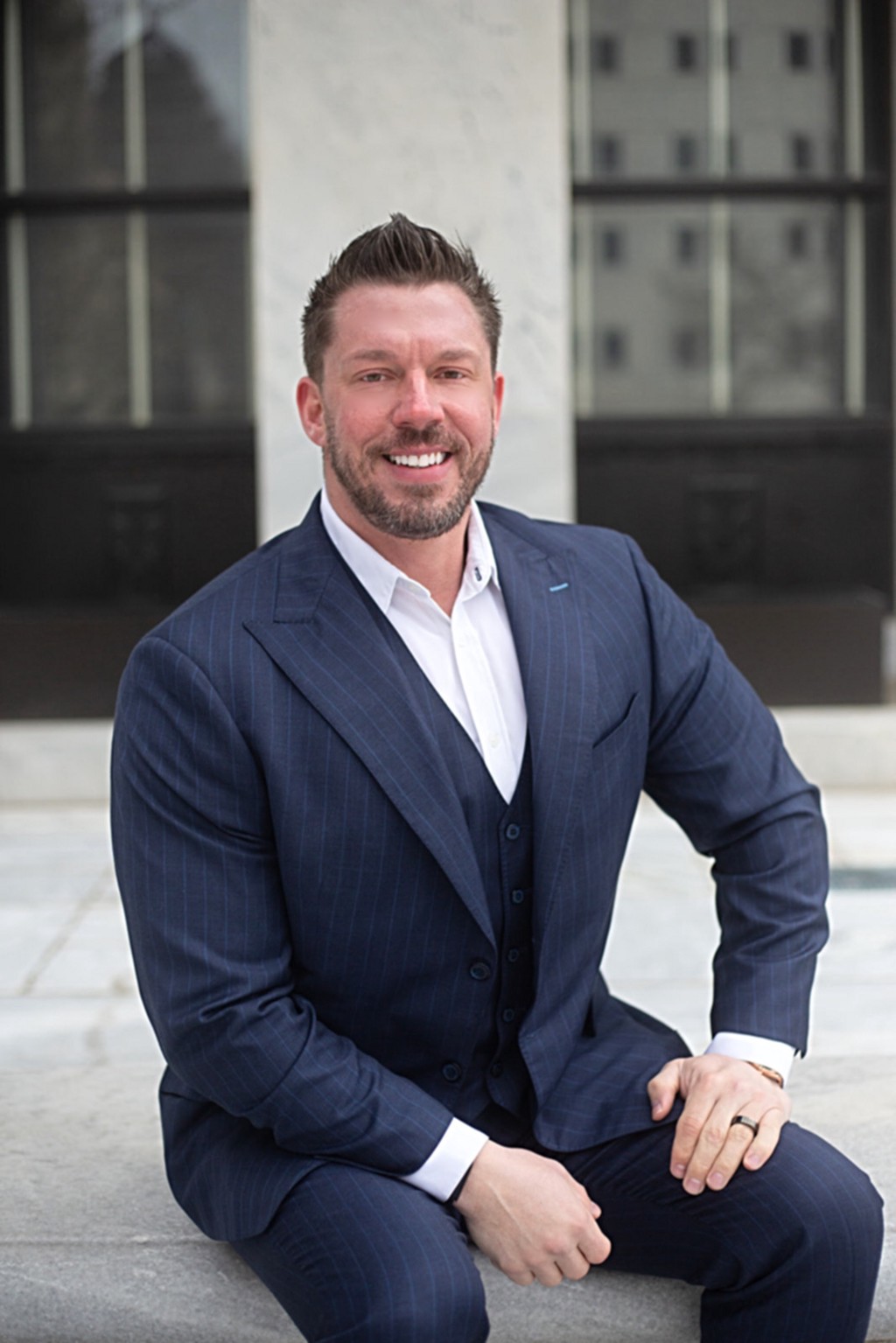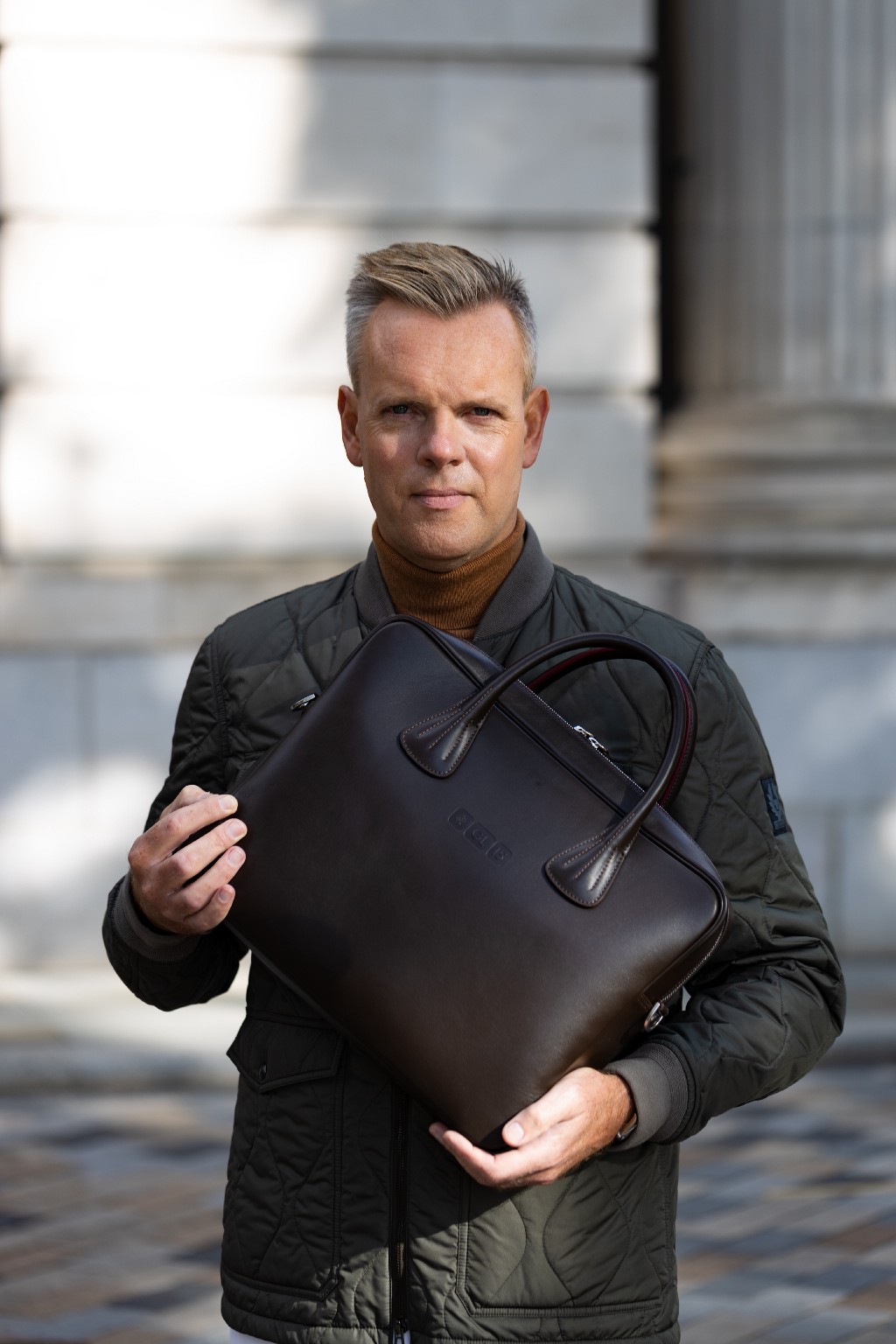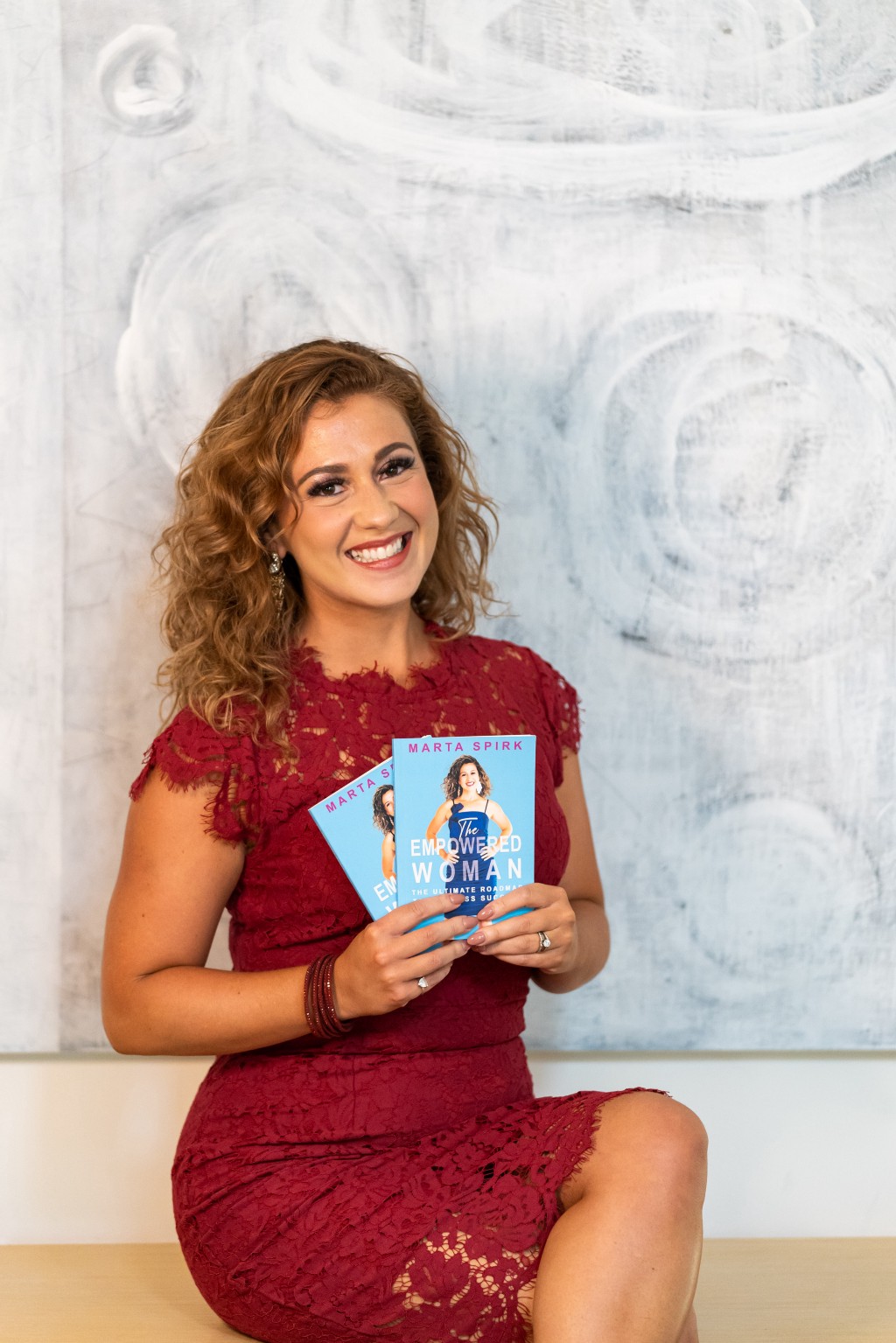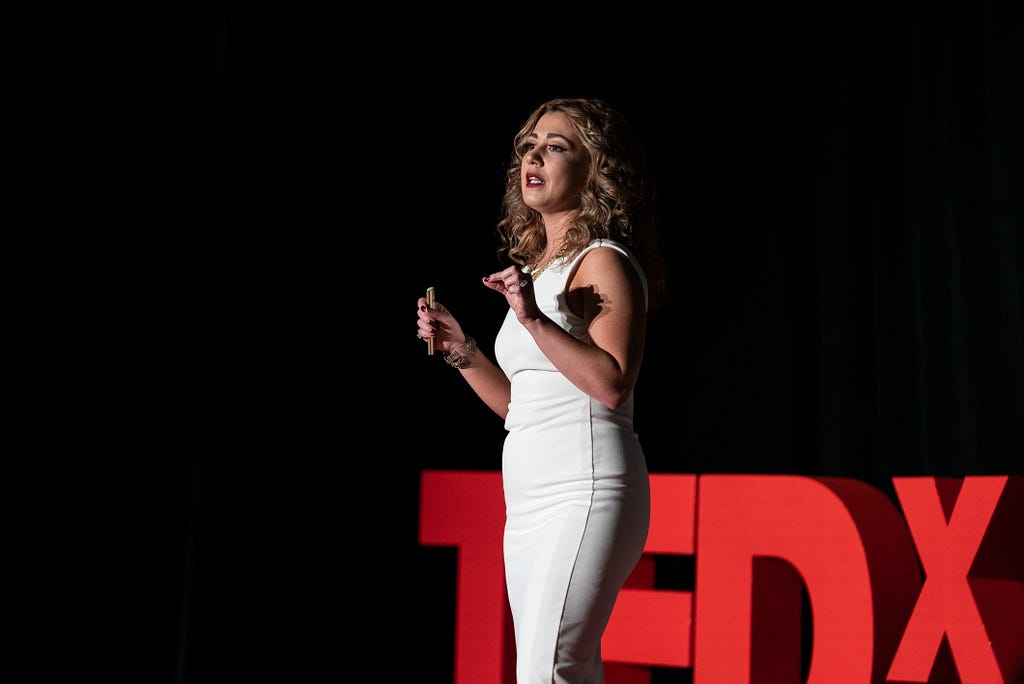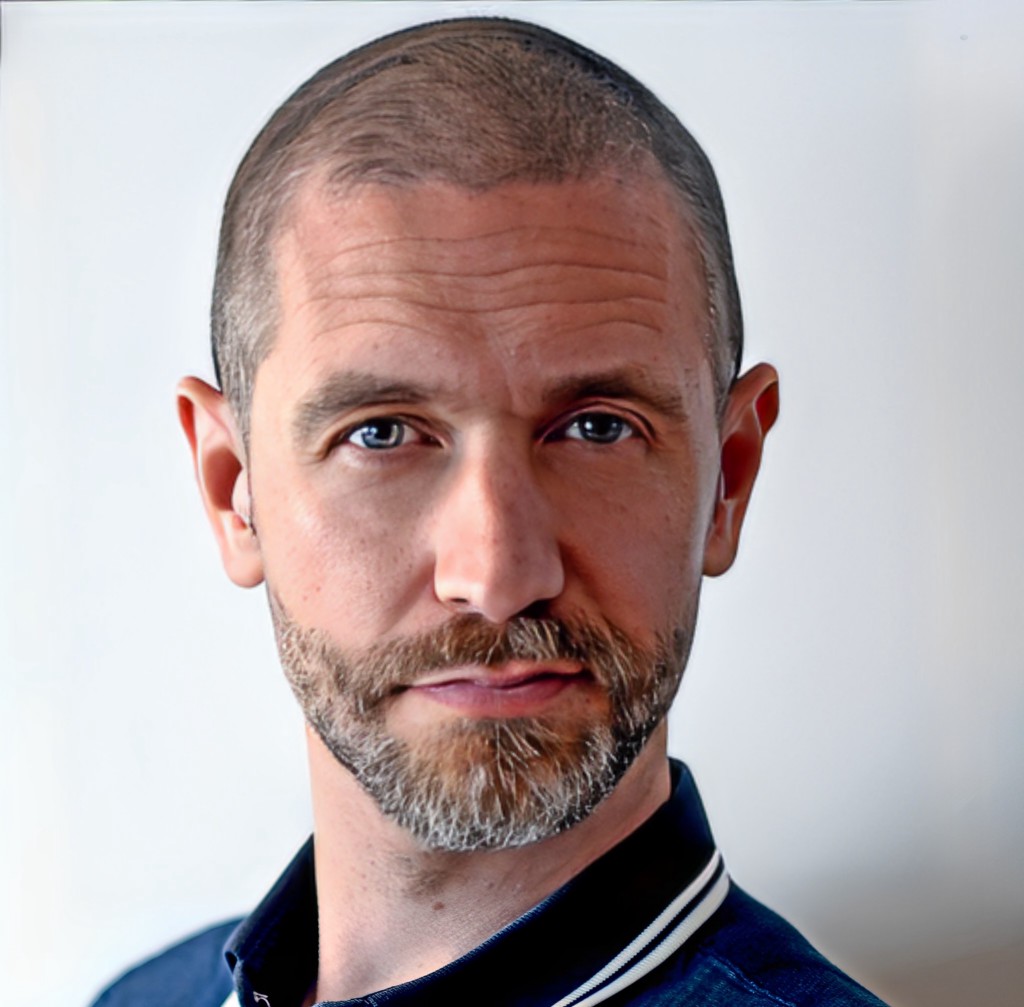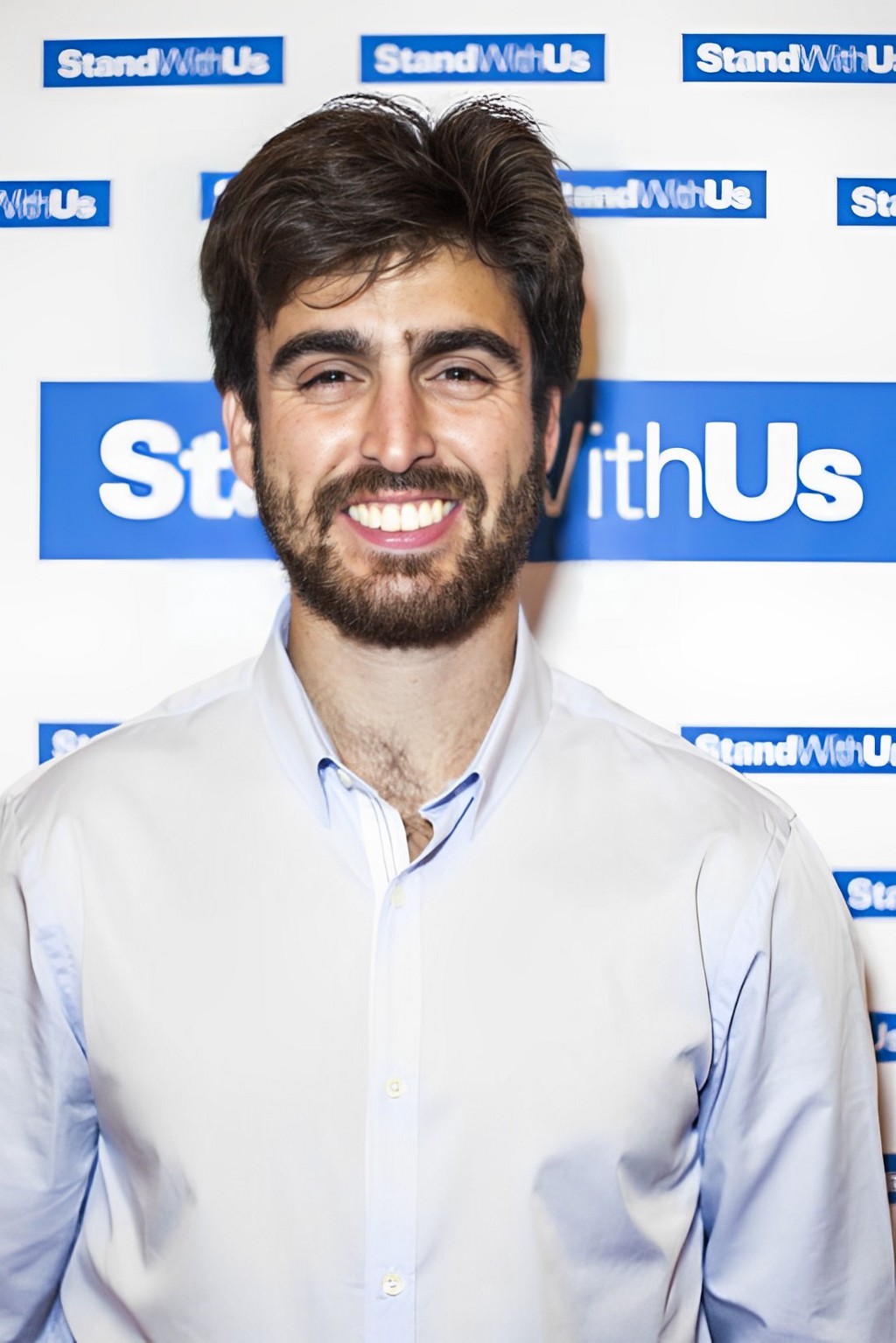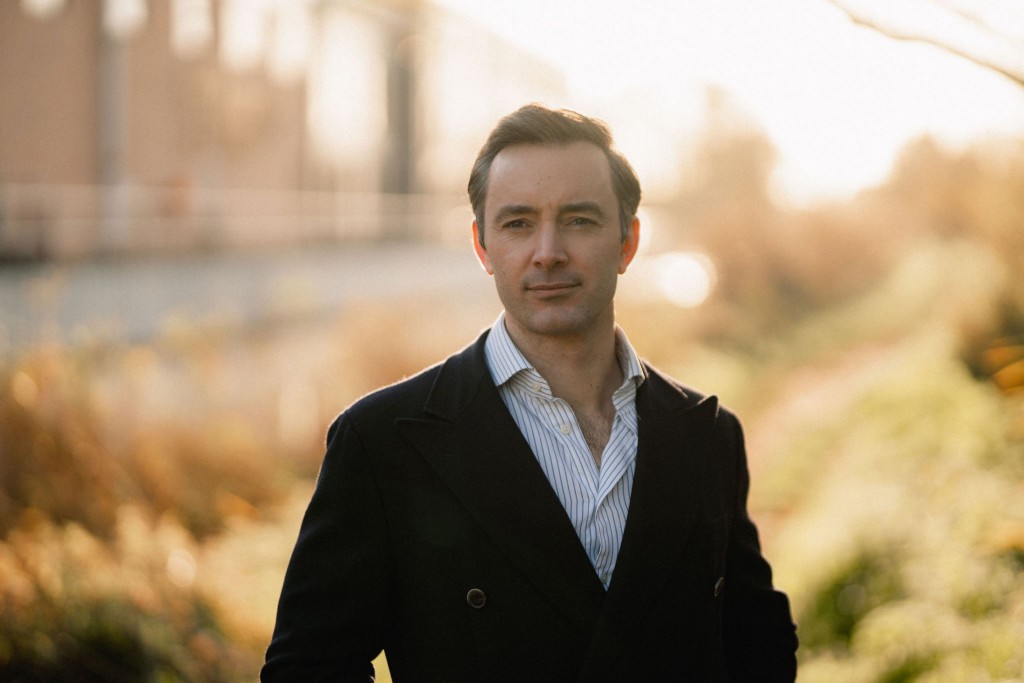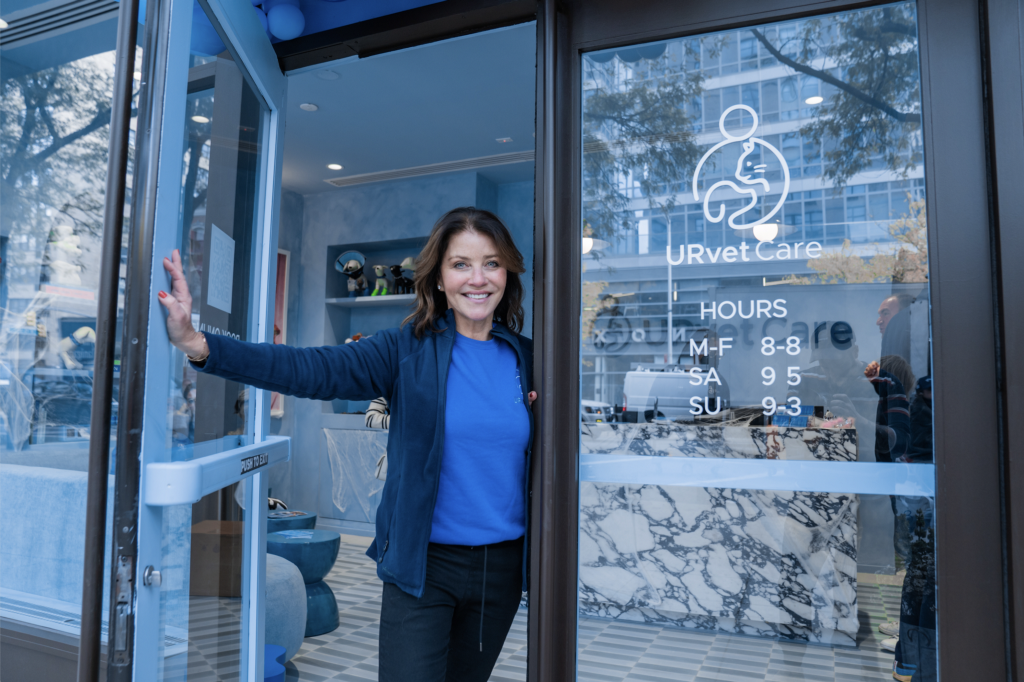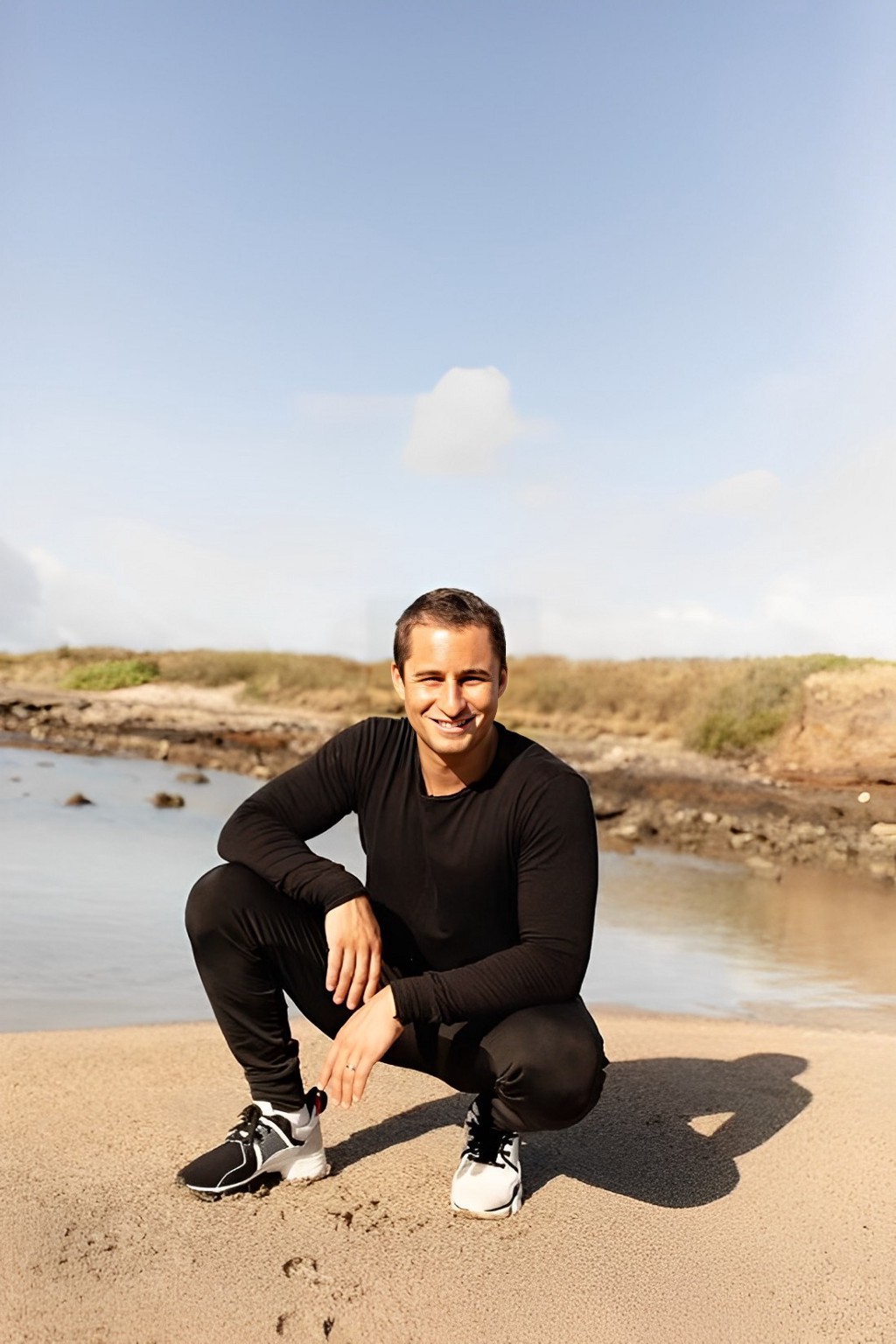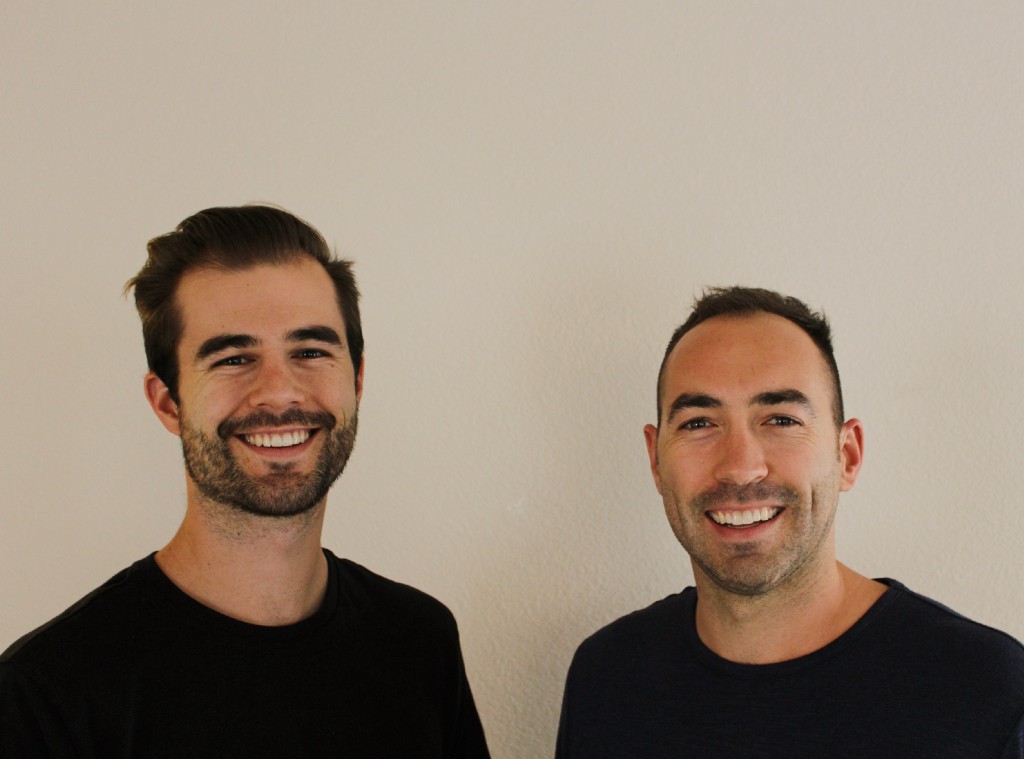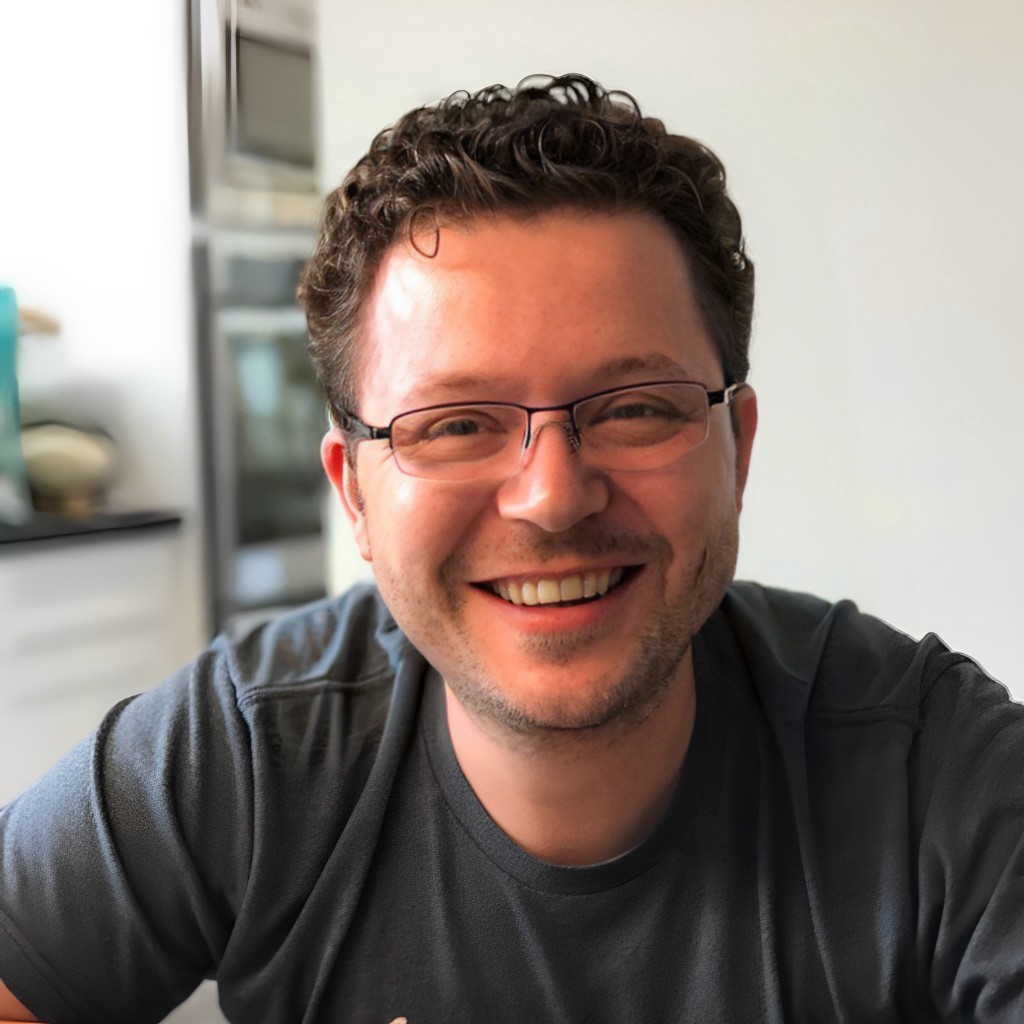An Interview With Fotis Georgiadis
…It would return to a system of teaching what was once right about our country in the old-fashioned way. Reading, writing, and arithmetic being taught in such a format that students can understand it. Conceptually that would imply teaching be done differently by demographic considerations. This would replace a more one-size-fits-all system of applying the same standards of measurement on all schools in a city. Standardization of teaching may be more efficient from a system standpoint, but the school dropout rate in areas where students are likely not to last due to inability to perform isn’t served by standardization. The result is the student is lost without having been given the opportunity to succeed. This would not impinge on students capable of performing at higher levels. Their score would have different standards, consequently, would be taught differently. This movement is envisioned to be one small step toward correcting what appears to be a current source of disaffection among economic strata.
Startups have such a glamorous reputation. Companies like Facebook, Instagram, Youtube, Uber, and Airbnb once started as scrappy startups with huge dreams and huge obstacles. Yet we of course know that most startups don’t end up as success stories. What does a founder or a founding team need to know to create a highly successful startup? In this series, called “Five Things You Need To Create A Highly Successful Startup” we are talking to experienced and successful founders and business leaders who can share stories from their experiences about what it takes to create a highly successful startup. As a part of this series, we had the pleasure of interviewing Ron Brock, author of The Thicket’s Prodigy: Reflections of an Improbable Life.
Ron Brock’s career included a role as a Senior Product Manager at Frito Lay where he was responsible for the highly successful launch of Nacho Cheese flavored Doritos brand tortilla chips. Following the conclusion of the introductory marketing campaign he relocated to Phoenix, Arizona, later transitioning into commercial real estate sales. Serendipity struck a few years later when, seeing the potential of Tim Berners-Lee’s newly announced World Wide Web, he discovered an ability to revolutionize commercial real estate. He created the first up-to-the-minute, searchable, accessible database of multifamily properties, then included, and patented, an independent system of classifying real estate property improvements and location. His memoir The Thicket’s Prodigy: The Extraordinary Life of an Improbable Genius, details his life story, including time spent in Los Alamos, New Mexico where his father worked as part of a team redesigning the Manhattan Project’s atomic bomb. Ron, also the author of Gamebreaker: Guide to World Class Selling, resides in Scottsdale, Arizona. Learn more at www.galtmirrin.com.
Thank you so much for joining us in this interview series! Before we dive in, our readers would love to “get to know you” a bit better. Can you tell us a bit about your ‘backstory’ and how you got started?
Following graduation from Arizona State University I held several positions in corporate sales and marketing during the 10-year period. I have enjoyed my time with corporate life, but had an itch to try things on my own.
Serendipity struck when I met Ron Button, a former General Electric computer engineer who had been recently forced into finding another occupation when General Electric Corporation closed its computer division. The partnership we struck focused on the sale of commercial apartments.
It was a time when the commercial real estate industry was still relatively primitive. Property inventories were carried on 3 x 5 cards and investment analysis relied on hand-held calculators; the results illustrated on 14 column spreadsheets. Information concerning market conditions was by word-of-mouth opinions stated by appraisers or commercial real estate brokers.
Fast-forward 20 years. The 3 x 5 card catalog was replaced by a computerized database, and investment analysis was calculated and displayed on computers. But there were limitations.
Database storage of apartment inventories was a nice improvement but did not allow for manipulation of inventory, or market data. Things were still being done the old way. Not by choice, but because there was no other option. Then conditions changed.
What was the “Aha Moment” that led to the idea for your current company? Can you share that story with us?
Share one of my life’s most exciting moments? Absolutely! But first, let’s back up.
One day in 1995 serendipity struck once again. “We need to do this!” My daughter Kim was waving a flyer advertising a seminar to be conducted at Phoenix’s Biltmore Hotel conference center. My first reaction was disinterest; I had plenty to occupy my time. But her enthusiasm was insistent: “we need to see what this is about!” Okay let’s see what they’ve got.
We were less than 15 minutes into the seminar when the “AHA!” moment struck: here was the answer. The one we had been searching for!
For several years we had been investigating the prospect of data manipulation, and even data standardization, with no promising solution. Data standardization, the concept of making objective apples-to-apples comparison of one real estate property with another, was a frequent industry topic of discussion, but no one had devised an answer. The problem was if they had developed that capability there was no vehicle currently to make it available.
Now here it was! Everything and more! Tim Berners-Lee’s World Wide Web had capabilities beyond any expectations we had had. Until now.
Was there somebody in your life who inspired or helped you to start your journey with your business? Can you share a story with us?
It was over lunch with one of our brokerage customers, Fred Unger. After hearing my explanation concerning what we were doing to improve our firm’s capabilities Fred casually mentioned, “what’s to stop you from extending the new service beyond Phoenix?”
Why hadn’t I thought of that? There was a business here!
Pierce-Eislen, our start-up’s conceptualization, was born that day.
What do you think makes your company stand out? Can you share a story?
We developed both software and content for the apartment industry. Our system for categorizing properties allowed a more accurate comparison of rental rates among like for like properties rather than the prior way of simply counting every property as being the same whether a rundown tenement or luxury high-rise. We received patents on our rating systems for both property improvements and location.
Our operations focused on the quality of data gathered and summarized. Pierce-Eislen remains unique in the commercial real estate industry, but has assumed a new name — “Yardi” — the company that acquired our organization in 2013.
How have you used your success to bring goodness to the world?
A question that is profound requires a profound answer. Pierce-Eislen’s success has little to speak to the question other than the company has continued to be managed with integrity. As to personal activity I have had the discretionary opportunity to support social causes that might otherwise be missed. For example, See International, a humanitarian organization dedicated to prevention of blindness throughout the world.
I mention See International as the sort of organization I find most attractive to support. My contribution to these alternative organizations in need in comparison with major donors is not impressive by comparison, but I am happy that I am enabled to be able to participate.
You are a successful business leader. Which three character traits do you think were most instrumental to your success? Can you please share a story or example for each?
Among the questions you have asked this may be the most subjective. Also, most controversial.
My personal history has centered on determination, call it grit. The World Wide Web is the most current example. What began as a simple implementation of a new concept became a constant series of seeming roadblocks. Each had the potential to end the project before we could even test the premise of whether we had a workable product.
My second most useful characteristic has been a reasonably capable persuasiveness. I was able to convince people to continue supporting me when odds seemed against us. That particular trait was most useful in raising capital and maintaining investor confidence during difficult periods.
There were several of those, beginning with the September 11, 2001, collapse of the World Trade Center towers. Pierce-Eislen had begun offering a product to the apartment market on February 1, of that year and additional capital funds were required to continue operations.
Dependability is a third trait that works well for me.. There had to be reasonable confidence on the part of others that when circumstances get rowdy, I will find a way to overcome them. Any business, particularly one that’s new, and still mostly untried, requires that shareholders and key employees maintain feelings of confidence that regardless of difficulties encountered things are in reasonably good hands.
Often leaders are asked to share the best advice they received. But let’s reverse the question. Can you share a story about advice you’ve received that you now wish you never followed?
While raising capital through an angel round virtually everyone engaged in the same activity was giving advice — “speak in terms of eyeballs to the site.” The premise was that the old way of showing a pathway to profit was obsolete. The dot-coms were in full strength, and strenuously proclaimed, “how you are going to make money from the process can be determined later.”
We were one of a very few startups of the time, the only one that I was aware of, that was raising capital funds based on a schedule — how we were going to achieve profitability and timing for doing that event.
The recommendation to focus on eyeballs to the site was ultimately one of the more important recommendations we were able to avoid. When the late 1990s smoke cleared an estimated 90% of dot-coms were bankrupt. By then we had funded our angel round and planned the next financing round.
Can you tell us a story about the hard times that you faced when you first started your journey?
Where do I begin? It seemed Pierce-Eislen’s existence was in constant harm’s way from the start.
The Web was acknowledged immediately as the greatest innovation in communications since Gutenberg and his Bible. And we, along with nearly everyone else, were inspired by the new discovery. But there was a hitch. A very big hitch.
To make use of the web required conversion of existing software, in our case Microsoft’s Visual Basic, to a new program called SQL, short for Sequential Query Language. And almost no one with software development experience, in other words just about every programmer in Phoenix, knew anything about SQL. Added to that was an impossibly long list of new product ideas that sprang up overnight with the name attaching the dot-com designation. All needed software development.
A suddenly overwhelming demand for programmers capable of dealing with SQL drove the cost of software development to $185 an hour. Worse, the price included predominantly programmers who claimed SQL competence despite having a near clueless lack of capability. It was apparent there was no way we were going to accomplish what we had intended under those circumstances. Without a solution providing a radically different approach it was game over.
After some brainstorming our thoughts turned to a starving-student type from Arizona State University. We were fortunate to find that individual relatively quickly. A very bright electrical engineering student, he had a great deal of enthusiasm about computer programming and was relatively fluent in ColdFusion, another software language with considerable similarity to SQL.
We offered to buy the SQL manuals and pay him $15 an hour ($26.50 per hour equivalent today) to learn how to program in SQL. It was assumed he then would continue to work for us at the $15 an hour wage to program our needs.
We had solved one problem, only to confront another.
We had to simultaneously fund our startup and at the same time build an organization. It was a catch 22.
The competition for competent personnel was ferocious, and the battle for capital source attention wasn’t any better. Worse, one was dependent on the other. Private investors wanted to know that an organization was in place. But capable people were in short supply and wanted to know they would be riding a winning horse if they decided to join us.
Secondary issues — a company name, website, marketing materials, recruiting a Board of Directors –at the same time seemed inconsequential in comparison with the other two.
Where did you get the drive to continue even though things were so hard? What strategies or techniques did you use to help overcome those challenges?
My father’s influence. I had the good fortune of an unusually positive role model. One who never seemed to see things as being little more than inconveniences when they were in the way of what he wanted to accomplish.
He overcame extraordinarily difficult circumstances to become educated, then became part of a team that redesigned the Manhattan Project’s atomic bomb. My book, The Thicket’s Prodigy, elaborates on how he at one time lived homeless, and still managed to earn a degree in mathematics from Texas Technological College
The story didn’t end with his work in Los Alamos. He later became an expert in high powered computer applications, then received a congressional appointment as Director of computation and analysis over NASA’s computer operations for manned spaceflight. Ultimately, they landed Neil Armstrong on the moon.
His positive influence carried forward to my own attitude about not letting anything stand in the way of completing whatever I set out to do.
The journey of an entrepreneur is never easy and is filled with challenges, failures, setbacks, as well as joys, thrills and celebrations. Can you share a few ideas or stories from your experience about how to successfully ride the emotional highs & lows of being a founder”?
The successful entrepreneur is aware that emotional highs need to be tempered. Just around the corner is a surprise problem waiting to ambush what seems like stable circumstances.
We thought the perfect solution to what we had been looking for as a vehicle to create a more robust database experience was there for the taking when we first viewed the World Wide Web. When we began to act on it a series of seemingly insurmountable setbacks gave us one new problem after another to work with.
But maybe that’s what makes an entrepreneur. The challenge of overcoming what sometimes seems insurmountable conditions to reach the finish line — a product that possibly no one has thought of before, and now you have a working model. And it’s time to do some heavy lifting: forming a company, and raising the capital needed to put the company and the product out there to see if a success can be made of it.
It’s a journey that isn’t for everyone. But for the right individual, a visionary who enjoys the entrepreneurial process in the manner a professional athlete enjoys his sport, there is no substitute.
And sometimes, things just don’t work out. In that event, you look forward and move on to the next idea.
Let’s imagine that a young founder comes to you and asks for your advice about whether venture capital or bootstrapping is best for them? What would you advise them? Can you kindly share a few things a founder should look at to determine if fundraising or bootstrapping is the right choice?
My first question: “describe your temperament?” Dealing with capital sources requires considerable preparation. A venture capital firm had a nuance, an elevator pitch. Almost a requirement. When we were raising Pierce-Eislen capital, during the dot-com era a reasonable probability was that brash young types who had already made serious money on other investments. And now, being full of themselves, were frequently known to face questions, stated in the imperative, “why the (bleep) should we invest with you?”
Bootstrapping is typically more likely to involve raising capital funds from individual investors who might enable initial operations and further agree to provide additional capital as needed to supplement negative operating income until cash flow is positive.
Between the two options my feeling was bootstrapping was our best option. We resorted to a creative solution. In funding Pierce-Eislen’s angel round, and subsequent rounds, we killed two birds with one: major investors were required to serve as board members. The format gave comfort to sophisticated investors, and we ended up with a board that was the envy of every startup around. Pierce-Eislen’s capital was raised as needed rather than as a large capital raise at the beginning. And I would recommend this manner of funding to most young entrepreneurs.
I have known others who have had what seemed unnecessarily negative experiences with venture capitalists from the Silicon Valley area. When things didn’t go as planned, and that condition is nearly inevitable, the VC, not dealing with patient money, pulled the plug on the company, closing it down.
One exaggerated example was with a founder who had what seemed an excellent concept for an online real estate auction firm selling single-family houses. The founder went to a Silicon Valley VC, requesting $18 million. The VC countered with insisting a $36 million investment was to their liking. Things didn’t work out. In less than nine months the experiment ended with the auction company’s closure. There was no discussion relating to “how can we make this thing work?”
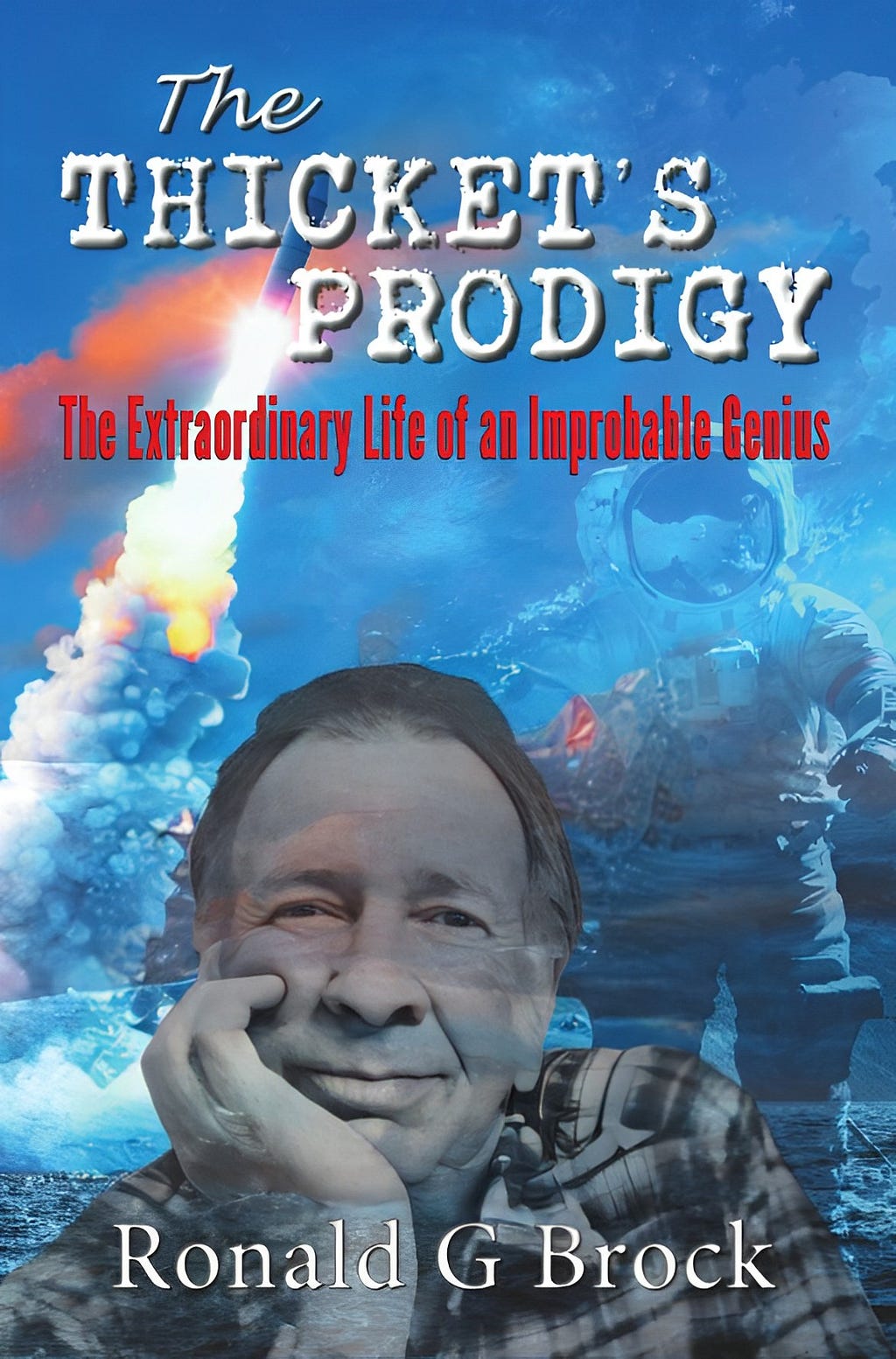
Ok super. Here is the main question of our interview. Many startups are not successful, and some are very successful. From your experience or perspective, what are the main factors that distinguish successful startups from unsuccessful ones? What are your “Five Things You Need To Create A Highly Successful Startup”? If you can, please share a story or an example for each.
Successful companies generally share a few, common-to-all, characteristics: a unique business proposition, reliable capital source, capable management, a well-conceived business plan, and most important of all, an energetic individual of high integrity serving as founder.
In contrast, unsuccessful attempts usually begin with several handicaps: little product differentiation, undercapitalized, incompetent management, an idea with no plan, a sometimes-questionable individual as the founder.
Now we get to: Five Things You Need To Create A Highly Successful Startup:
First, a useful product. The definition of an extraordinarily successful startup must be that the product to be the basis for forming a company possesses a high probability of success and longevity, once established.
Business Plan. A clear definition of how business functions are expected to be developed. Organizational format, use of funds, potential contingencies, revenue forecasts and a clear definition of an exit strategy.
Founder’s grit. A no nonsense attitude, chutzpah. There will be times of considerable stress when things aren’t going so well, even to the extent that there is the appearance the project may hit the sort of roadblock leading most to abandon the project. Such moments are when the founder exhibits why his shareholders placed their faith in his ability to “make things happen” when the going gets tough.
Access to Patient Capital. Startups are generally expected to have a manner of returning investor capital that can be spelled out in terms of timing or specific events which are required to have been realized. But either may take longer than expected, or additional capital is needed during the development process.
A clearly spelled out agreement between the founder and individual investors is essential. And just as essential, investors should be selected just as carefully as they would be while engaged in selecting the investment being offered.
Tales of disagreeable investors making it difficult for management to operate the company are considerably more frequent than would be necessary with appropriate selection of investors by the founder.
Investor/ Organizational Communication. Problems are inevitable and frequent as you navigate through the process of developing the myriad elements included in the startup’s key functional components. Maintaining communication with shareholders, and key organizational members, explaining an assessment of problems encountered, and the founder’s solution is essential. Taking the time to calm concerns before they take on the larger-than-life perspective is considerably more valuable in trying to work through the problems before they become an issue.
What are the most common mistakes you have seen CEOs & founders make when they start a business? What can be done to avoid those errors?
Insufficient capitalization tops the list. Stories of companies who were close to achieving positive operations, but who had to close their doors due to lack of sufficient funds needed to continue, are near universal.
Nearly as important, and very likely to closely relate to the first problem, is weak management, particularly in the marketing and sales functions. This goes back to the dot-com era. We experienced hiring many individuals who had been involved with failed companies, only to find they were just as ineffective in selling our products as they had been with their prior company. Without a competent sales organization there is no capability for a company to function.
Avoidance of these company killers is the same for each: don’t underestimate the potential of either going sideways. What will be done to mitigate that potential has to be addressed at the time an introductory business plan is written.
Startup founders often work extremely long hours and it’s easy to burn the candle at both ends. What would you recommend to founders about how to best take care of their physical and mental wellness when starting a company?
Have a workout program established, one that’s habitual and can be done either before the beginning of the workday or at the end. Never in the middle of the day.
If you do your best thinking in the early morning, schedule your workout before the start of the productive part of your day.
A workout doesn’t have to be scheduled for every day to be effective, but it does have to be routine. I’m not aware of a substitute to relieve stress associated with business development demands that often extend into late evenings. It’s that potential that favors the advantage of an early morning workout before the start of business.
It’s tempting to work weekends, holidays, and what would be vacation time. But the result can be crushing to the ability to keep up a productive schedule. The brain needs downtime, and downtime sometimes means taking a weekend off and going somewhere without taking work along.
You are a person of great influence. If you could start a movement that would bring the most amount of good to the most amount of people, what would that be? You never know what your idea can trigger. 🙂
It would return to a system of teaching what was once right about our country in the old-fashioned way. Reading, writing, and arithmetic being taught in such a format that students can understand it. Conceptually that would imply teaching be done differently by demographic considerations. This would replace a more one-size-fits-all system of applying the same standards of measurement on all schools in a city.
Standardization of teaching may be more efficient from a system standpoint, but the school dropout rate in areas where students are likely not to last due to inability to perform isn’t served by standardization. The result is the student is lost without having been given the opportunity to succeed.
This would not impinge on students capable of performing at higher levels. Their score would have different standards, consequently, would be taught differently.
This movement is envisioned to be one small step toward correcting what appears to be a current source of disaffection among economic strata.
We are blessed that some very prominent names in Business, VC funding, Sports, and Entertainment read this column. Is there a person in the world, or in the US with whom you would love to have a private breakfast or lunch, and why? He or she might just see this if we tag them.
Several individuals fit the description of someone I would love to have breakfast or lunch with, but most definitely the first would be Warren Buffett.
Mr. Buffett has shown an unwavering ability to hold onto an investment and make the formula work in his favor. I have known one other individual who had a similar approach to investments — that is he never sold, he only accumulated.
Angelo Sangiacomo owned apartment communities, principally in the City of San Francisco. He achieved notoriety for having single-handedly caused rent control in the city by once raising rents on all of his apartment communities by $100 per month on the same day.
That wasn’t my reason for being interested in speaking with Angelo. He was one of the more interesting people in the real estate world, acting totally independently from any outside influences. His first purchase when he began his accumulation of real estate properties was a rundown single-family home that he subdivided and rented out portions for $75 per month. His final development, 60 years later, was a high-rise apartment building in San Francisco, funded entirely by his own money. And he still held that first house that he had purchased and subdivided to be rented out.
How can our readers further follow your work online?
Readers can follow my work via my website, Galtmirrin Publishing.com; and they can purchase a copy of my book, The Thicket’s Prodigy: Reflections of an Improbable Life, on Amazon, also at Barnes & Noble and some independent bookstores.
This was very inspiring. Thank you so much for the time you spent with this. We wish you continued success and good health!
Author Ron Brock On Five Things You Need To Create A Highly Successful Startup was originally published in Authority Magazine on Medium, where people are continuing the conversation by highlighting and responding to this story.

